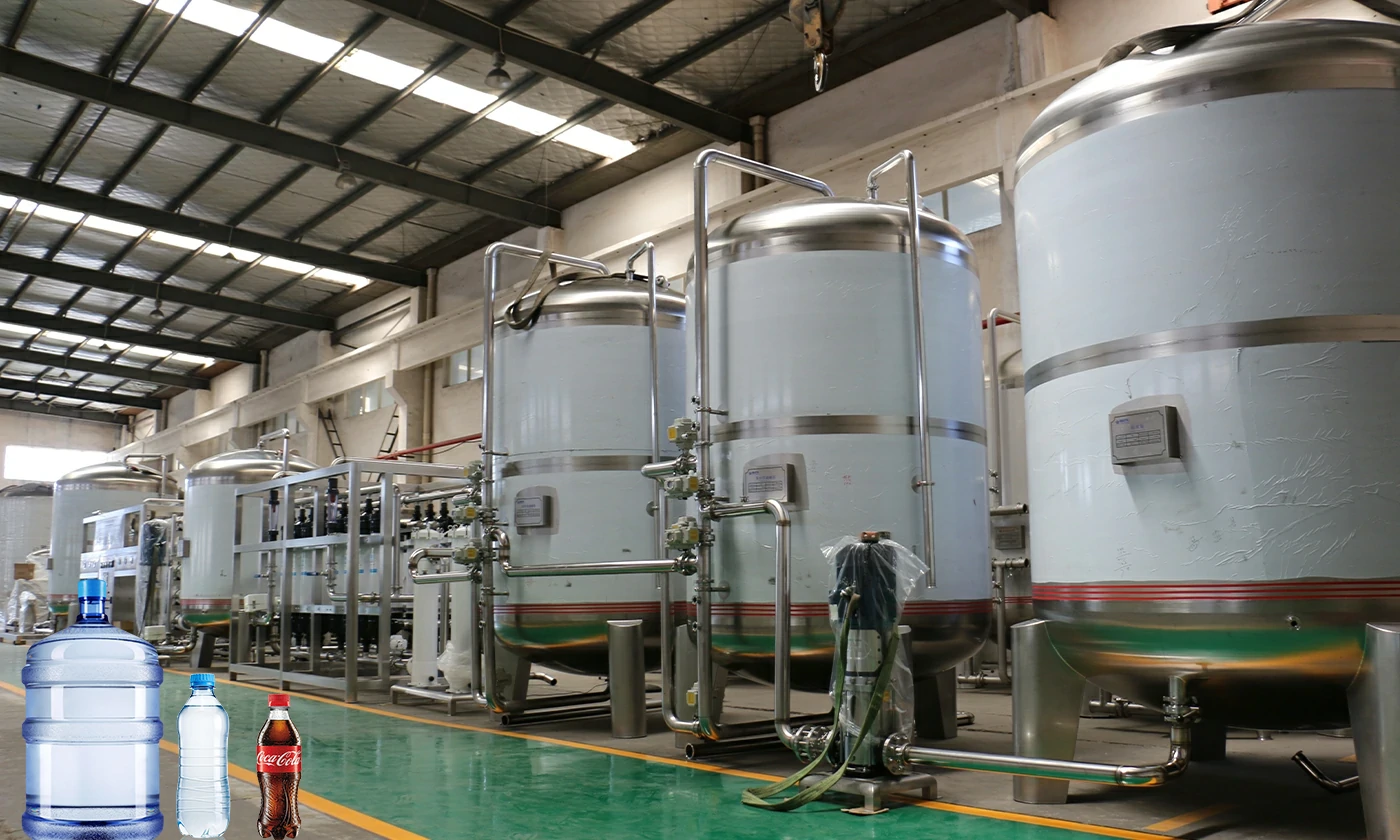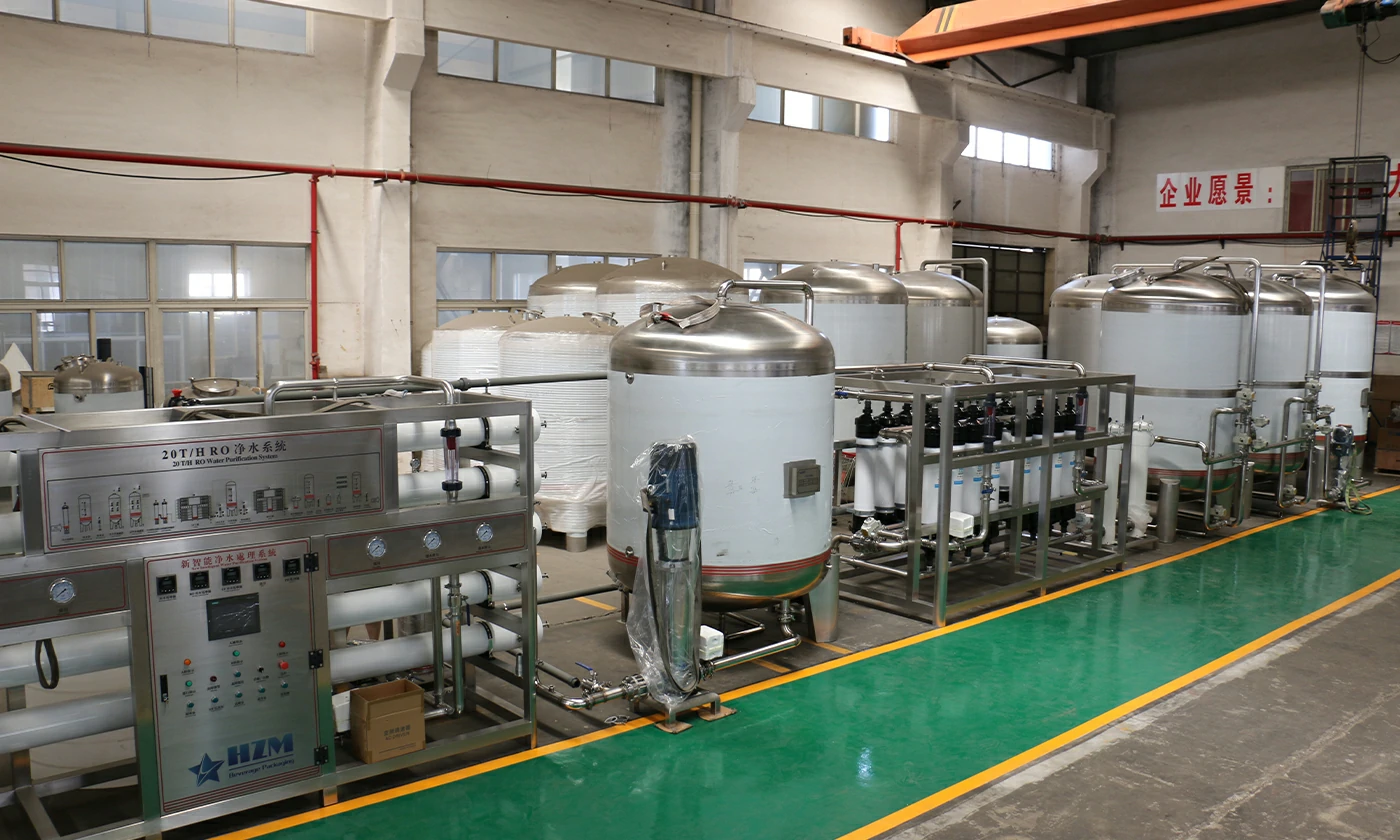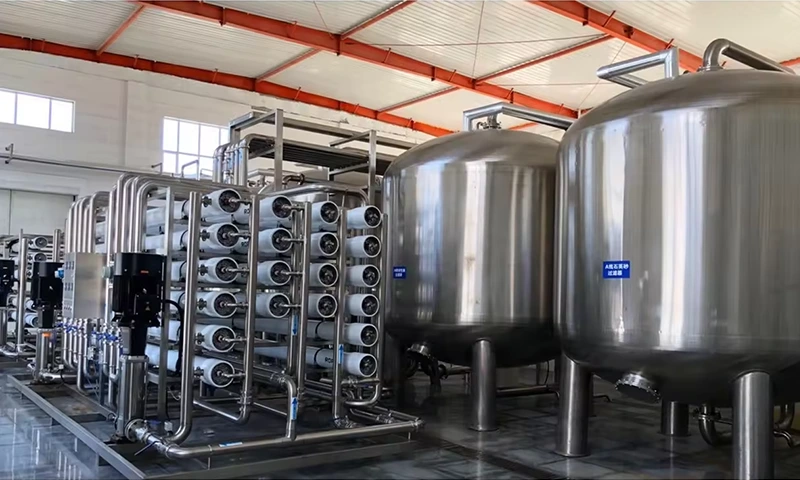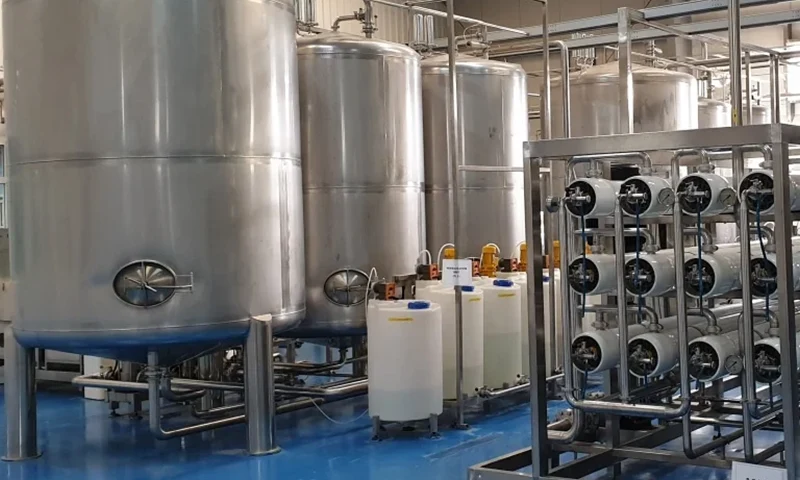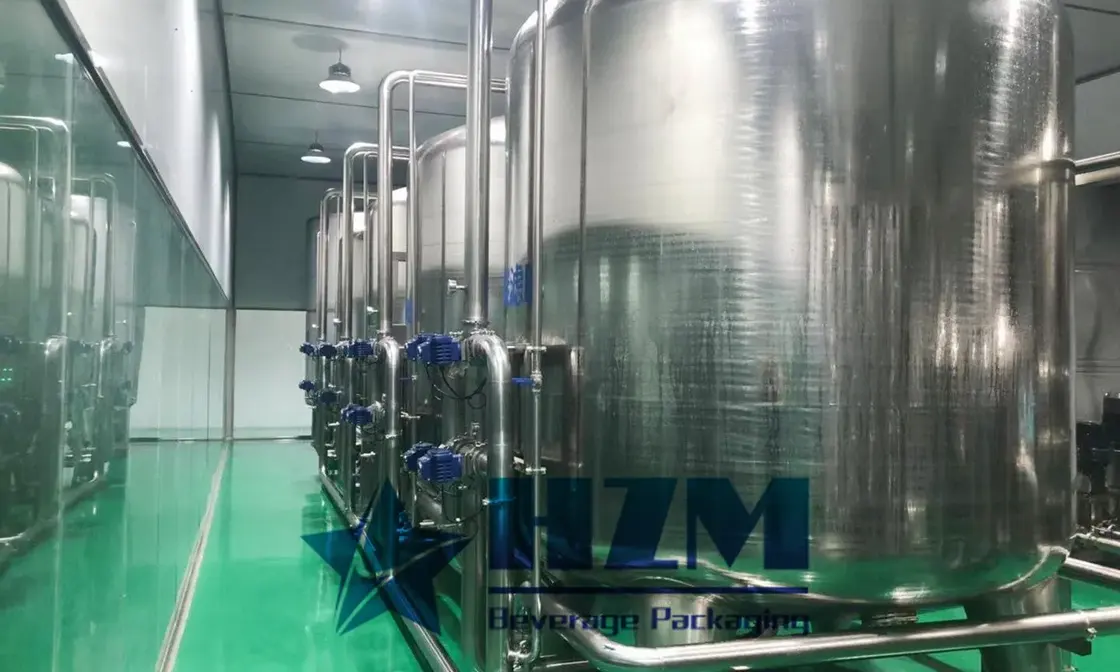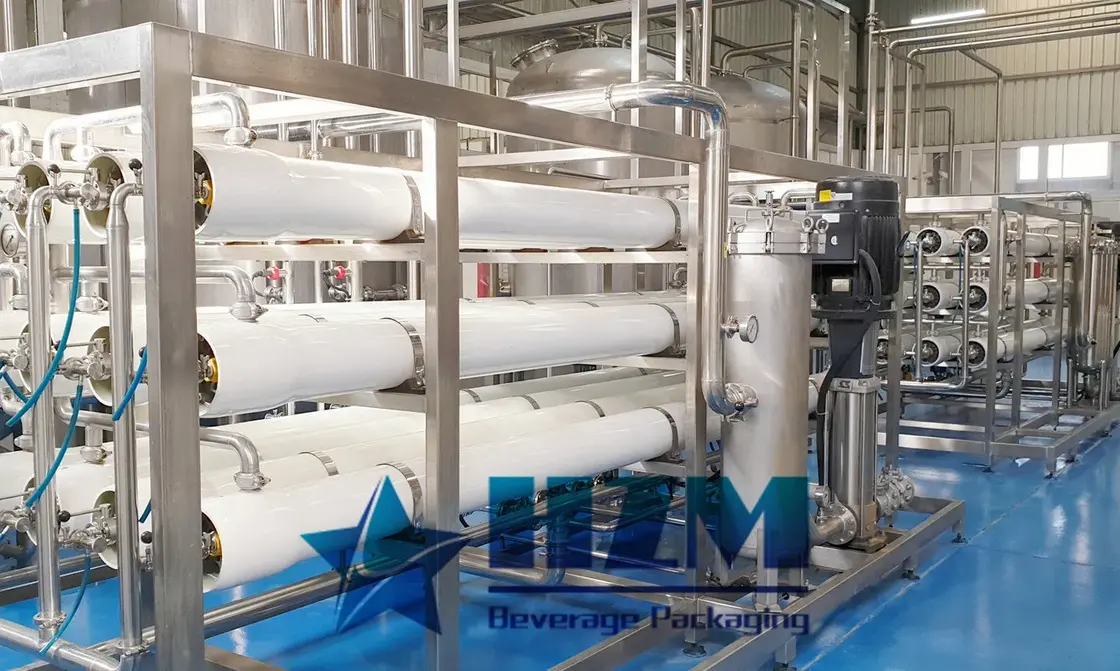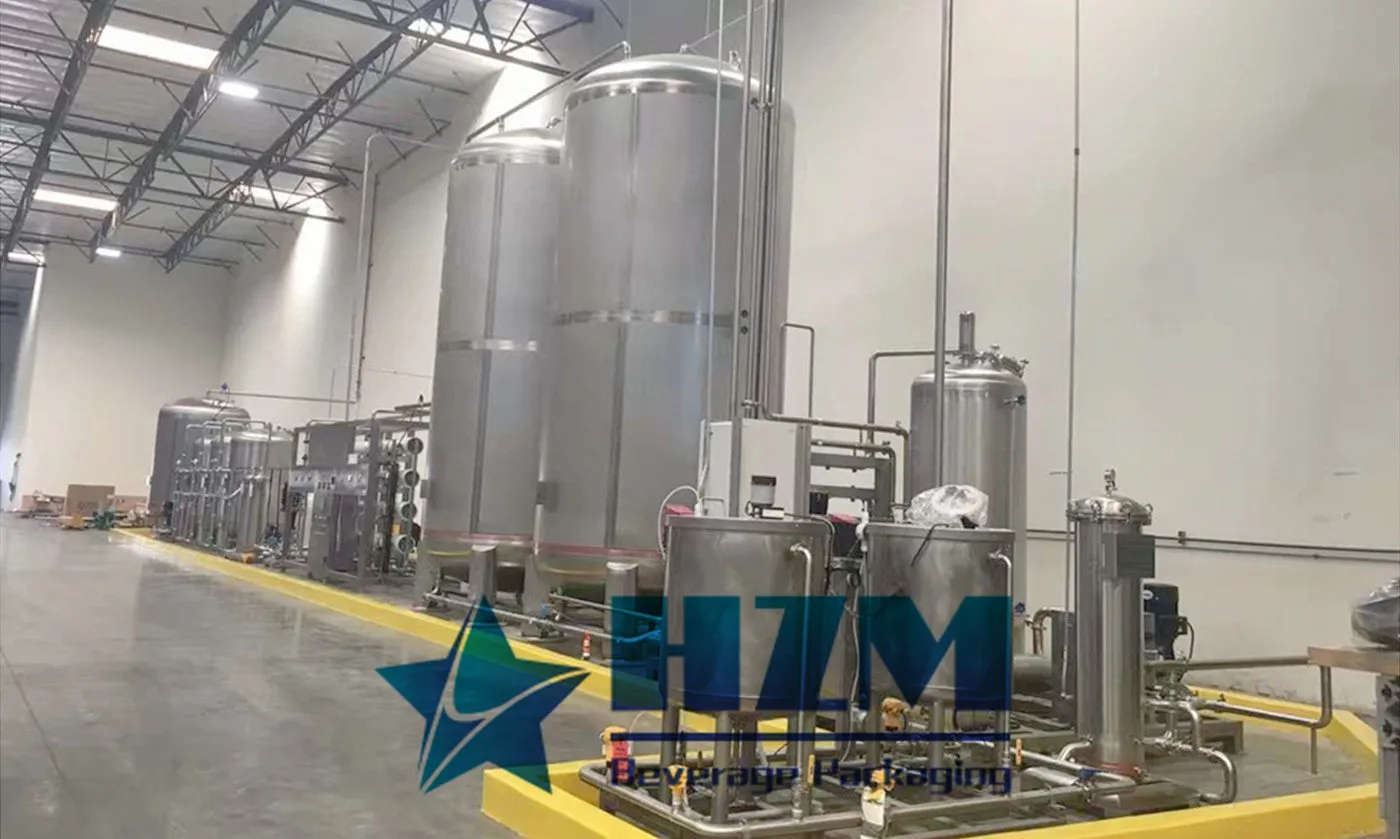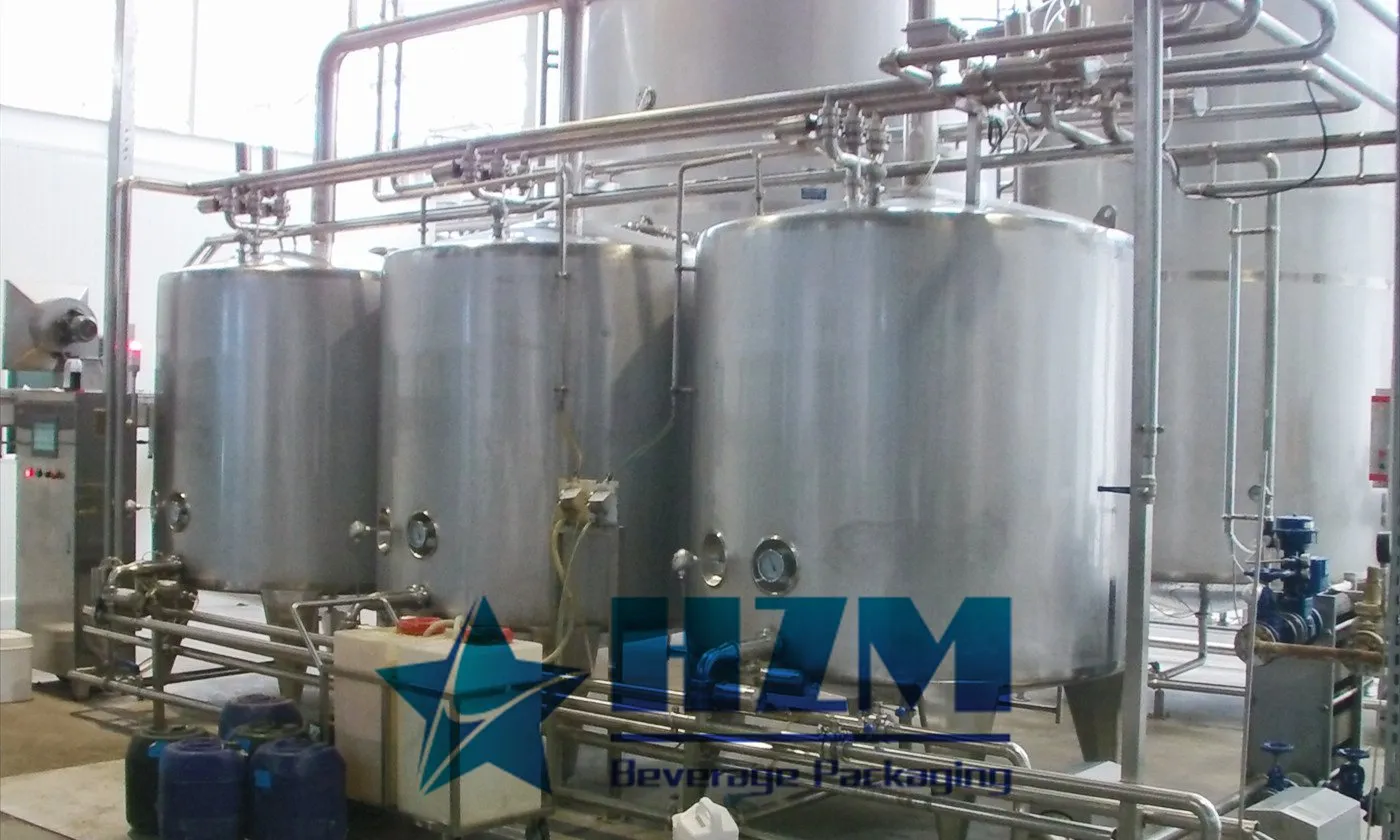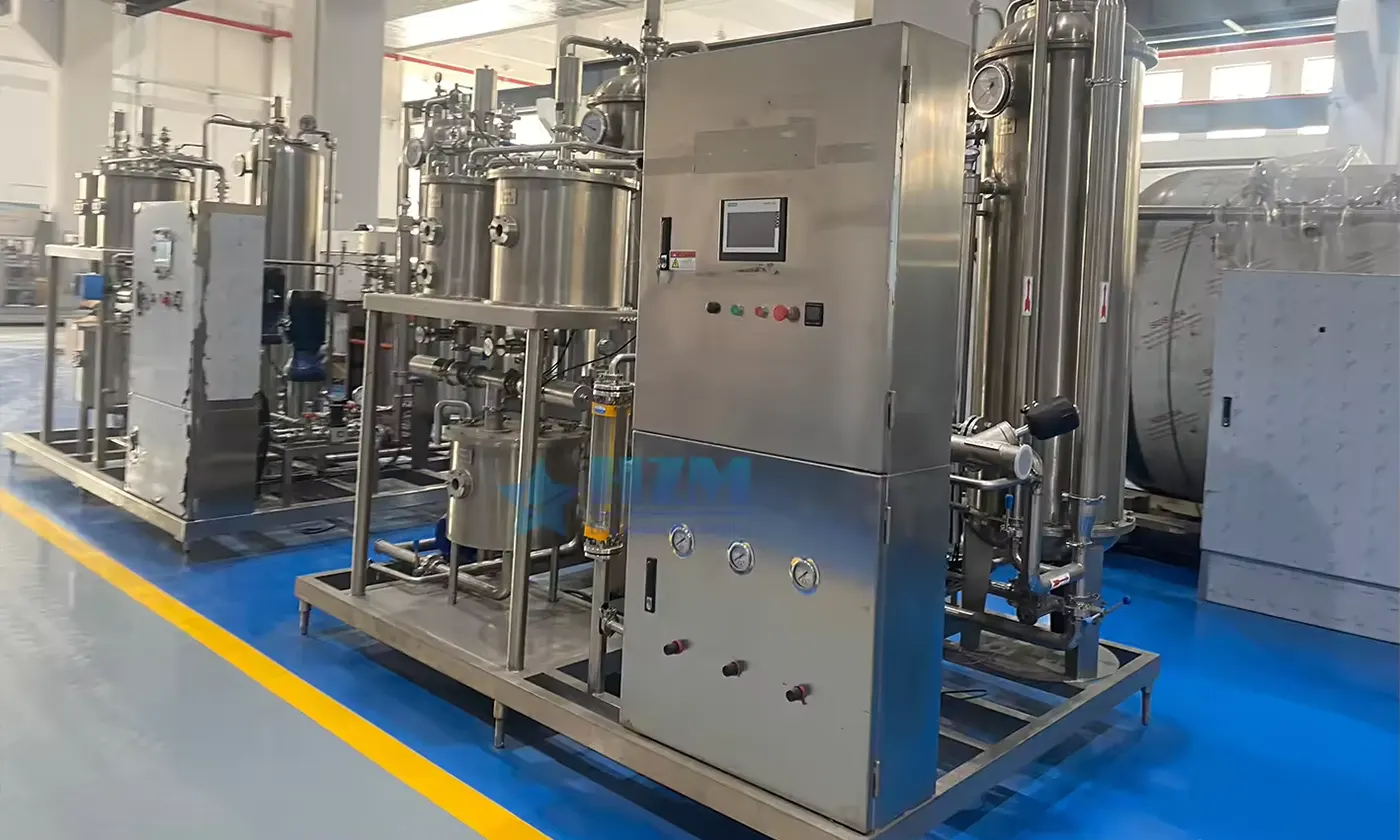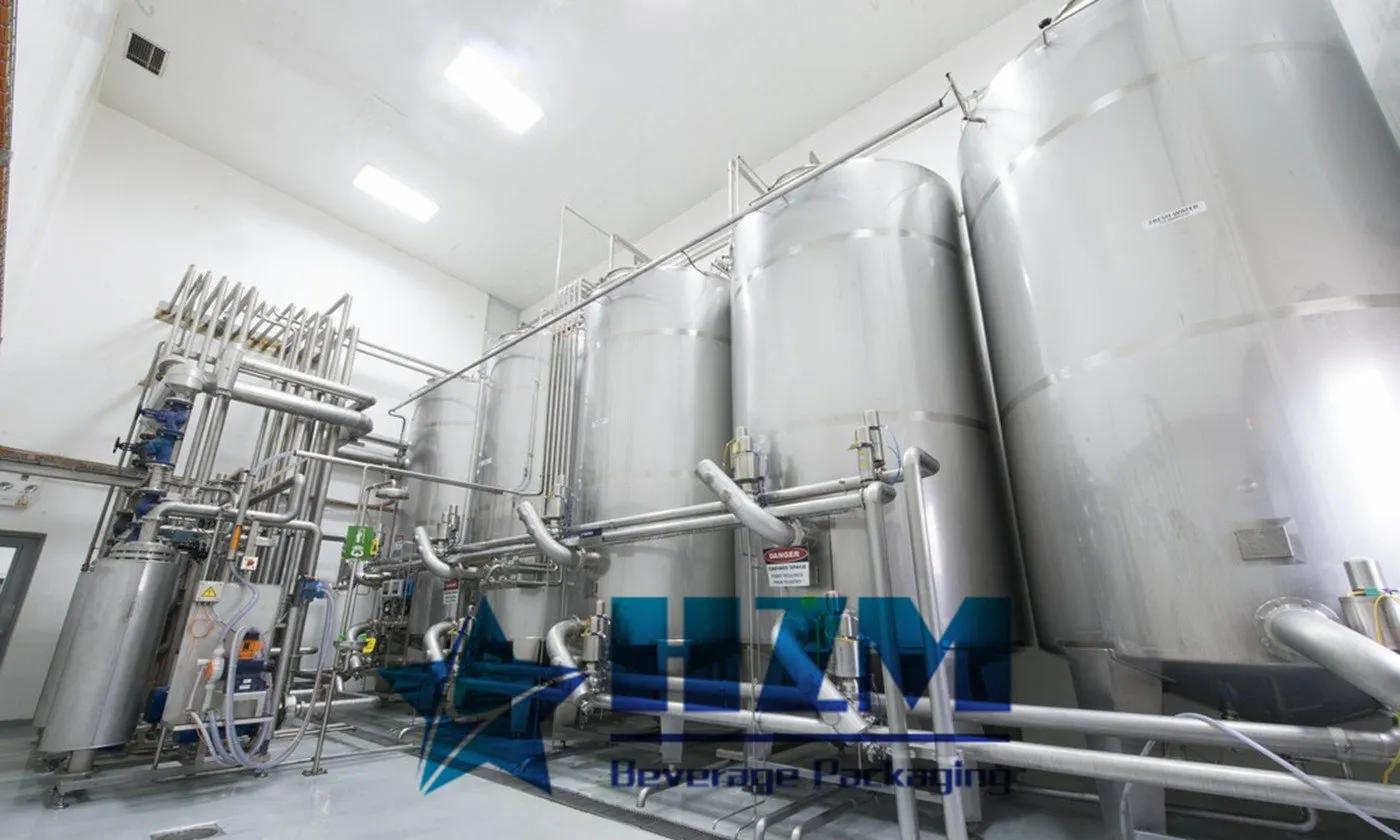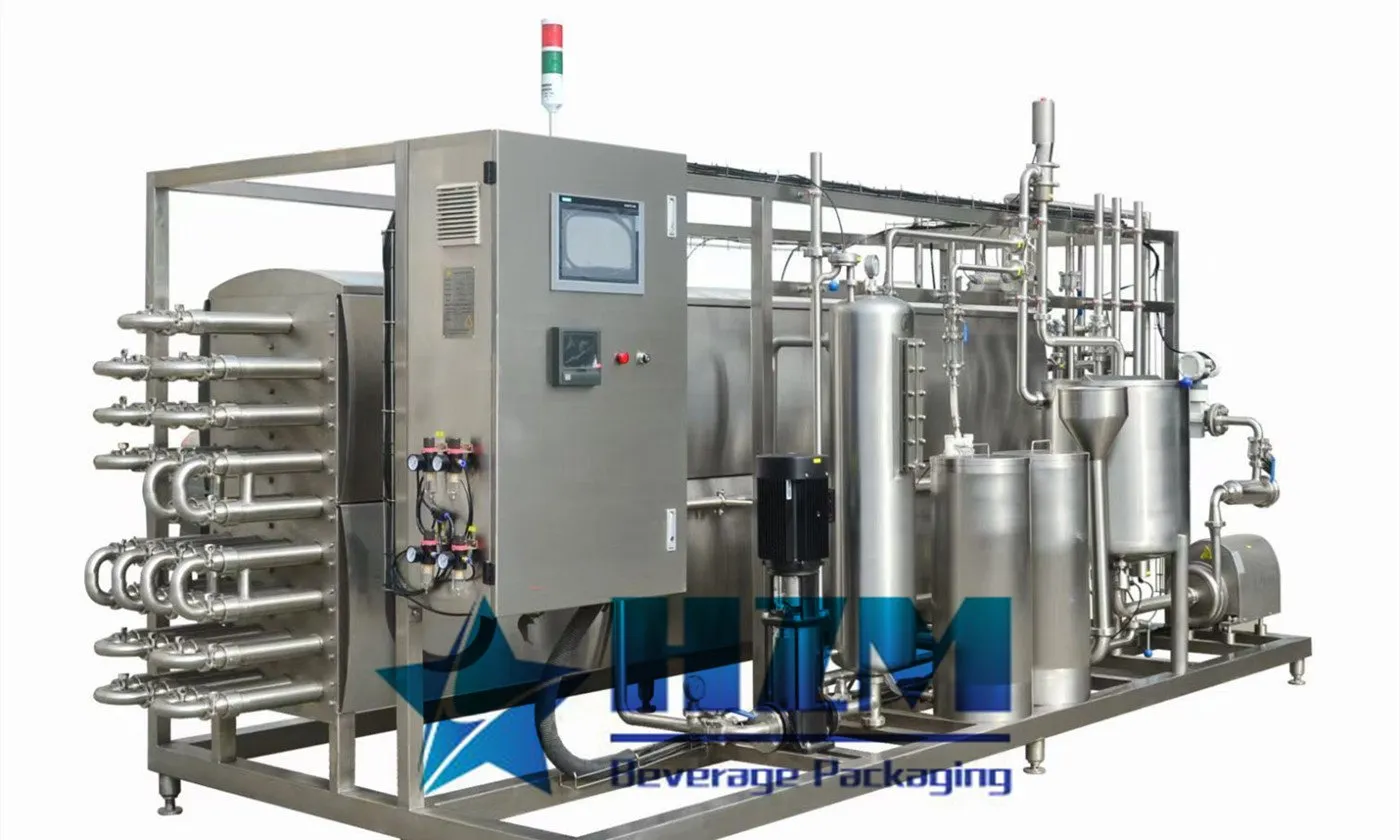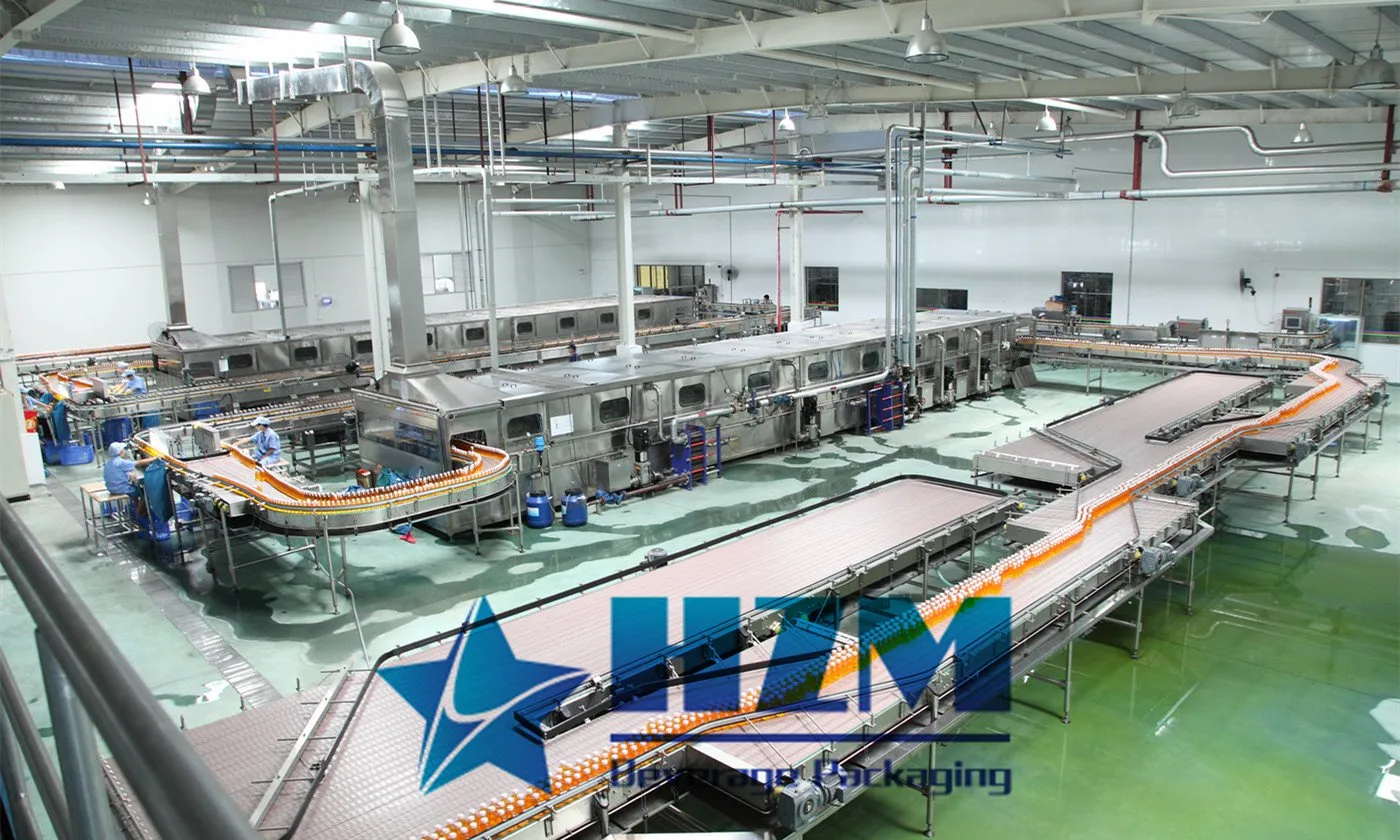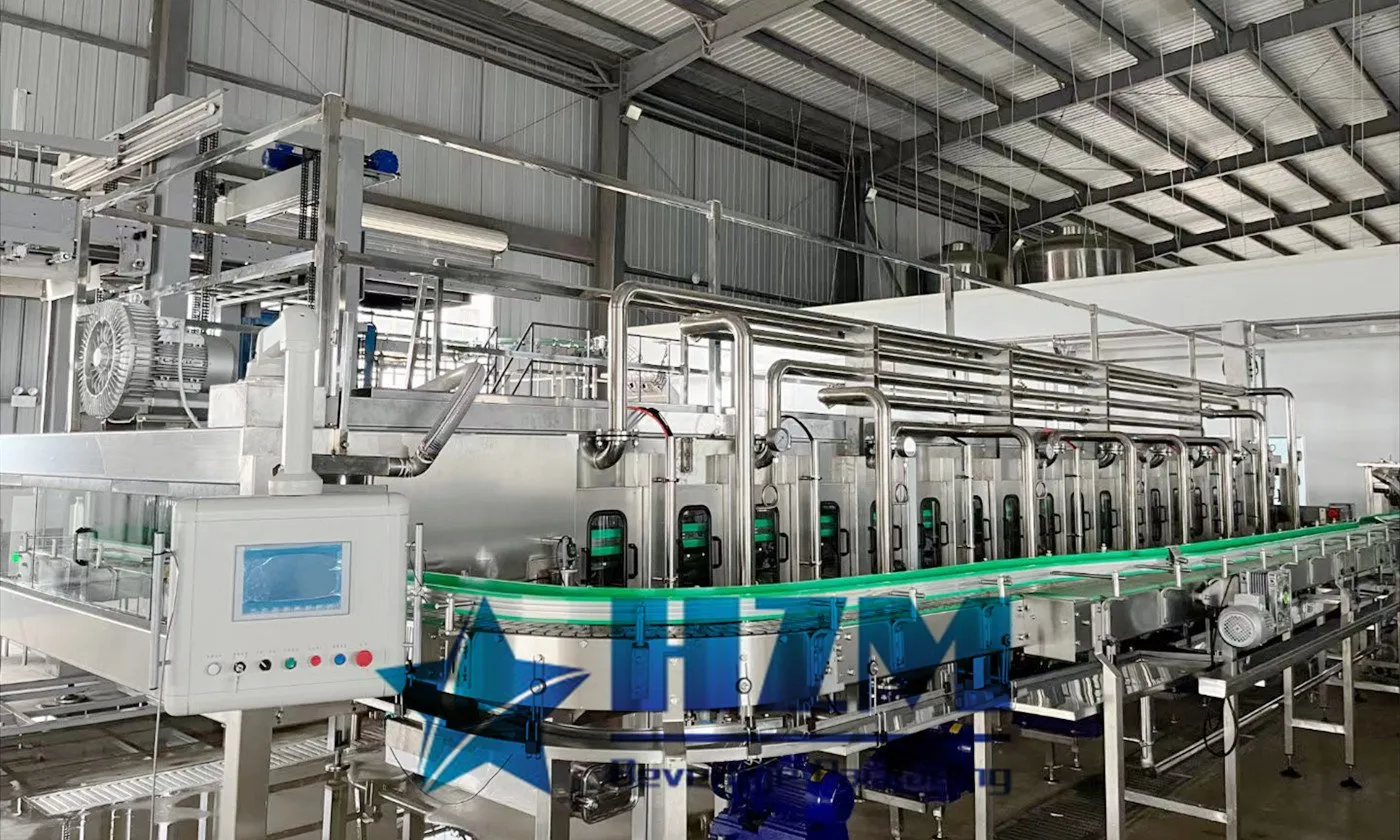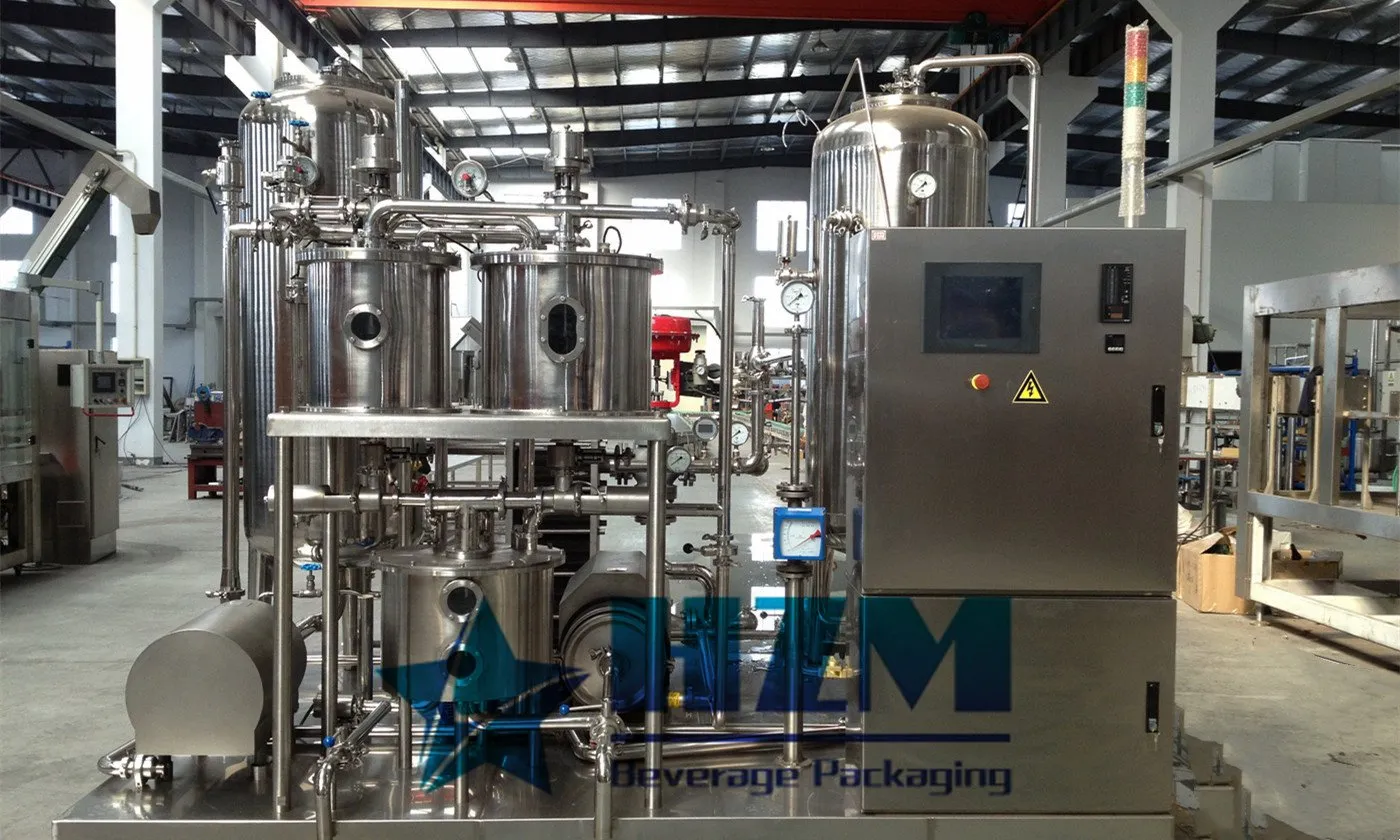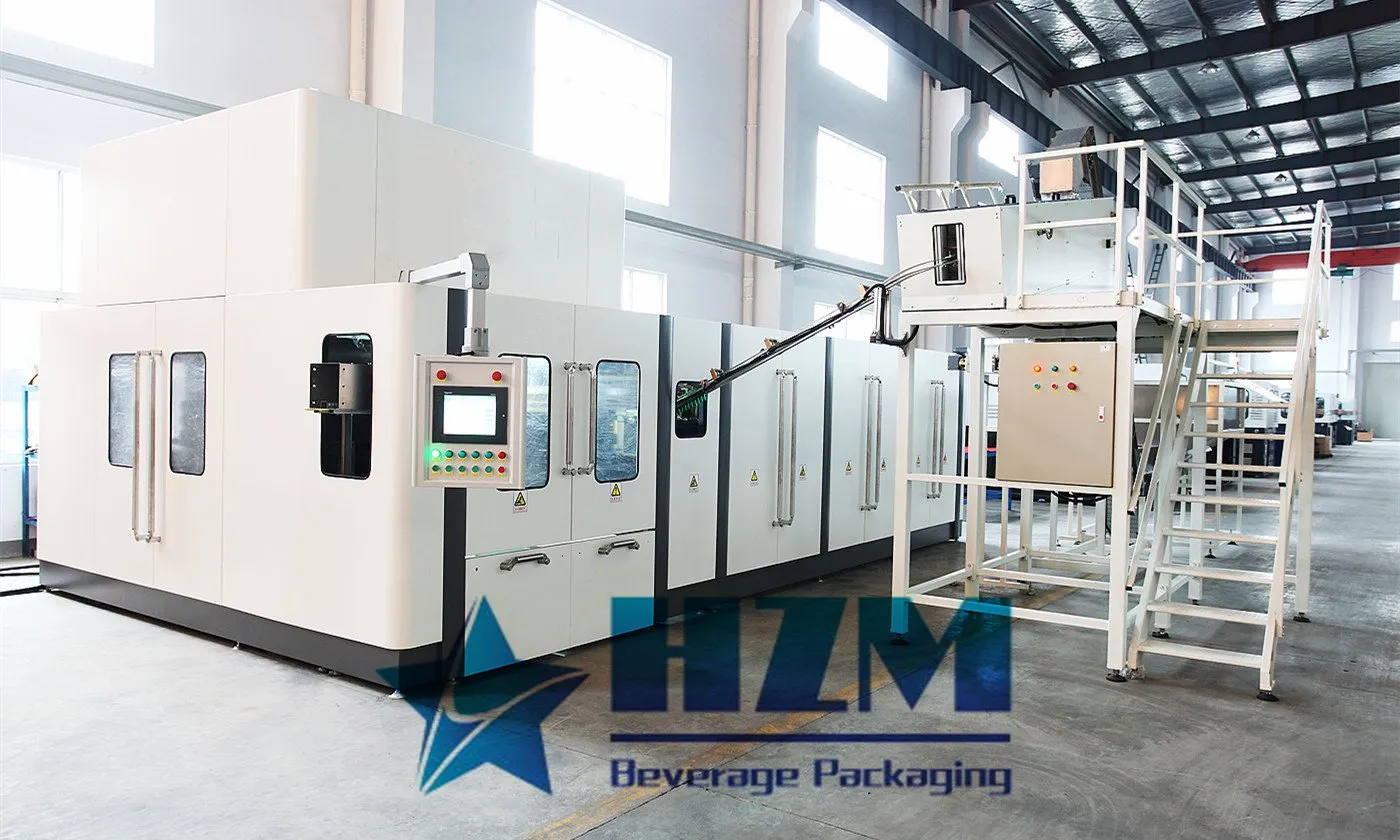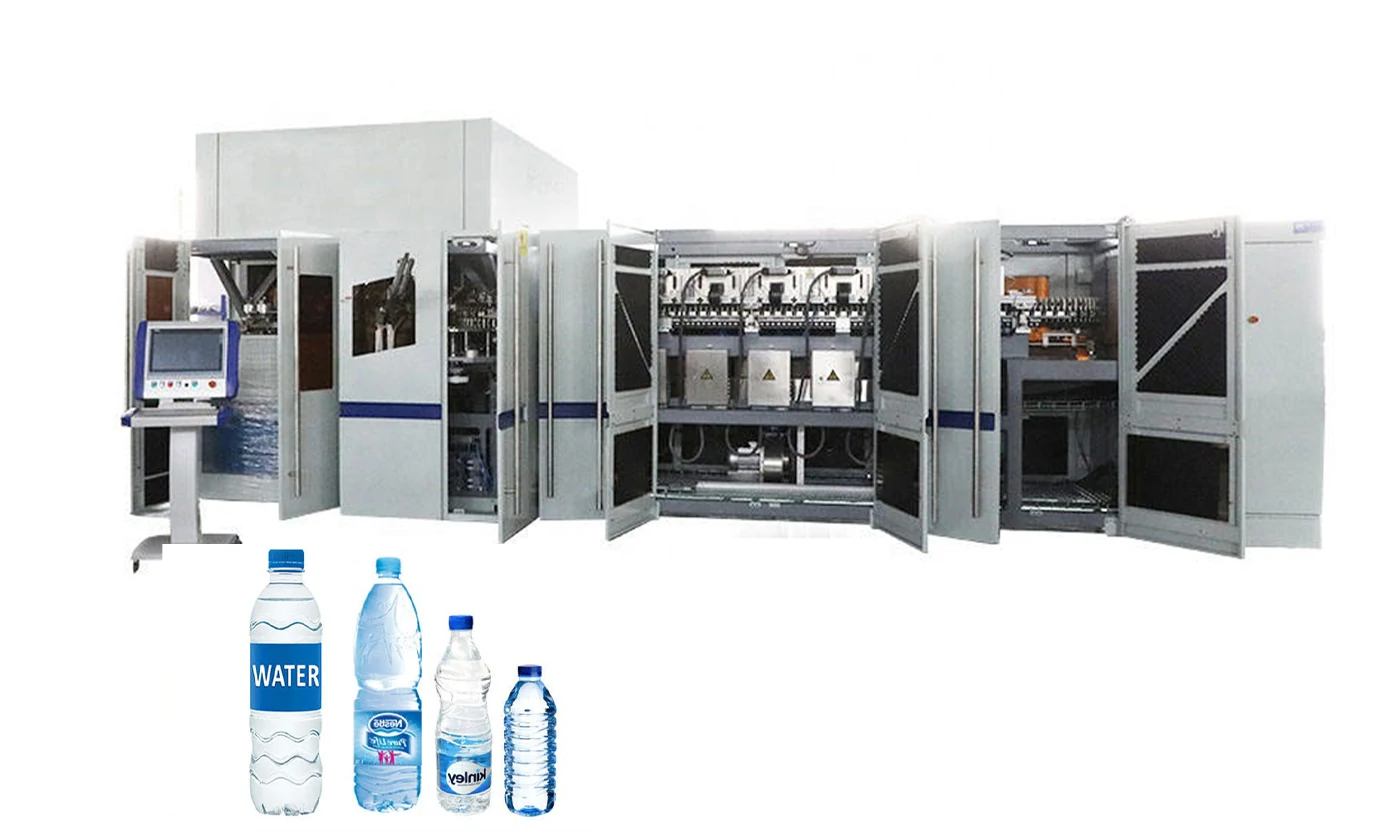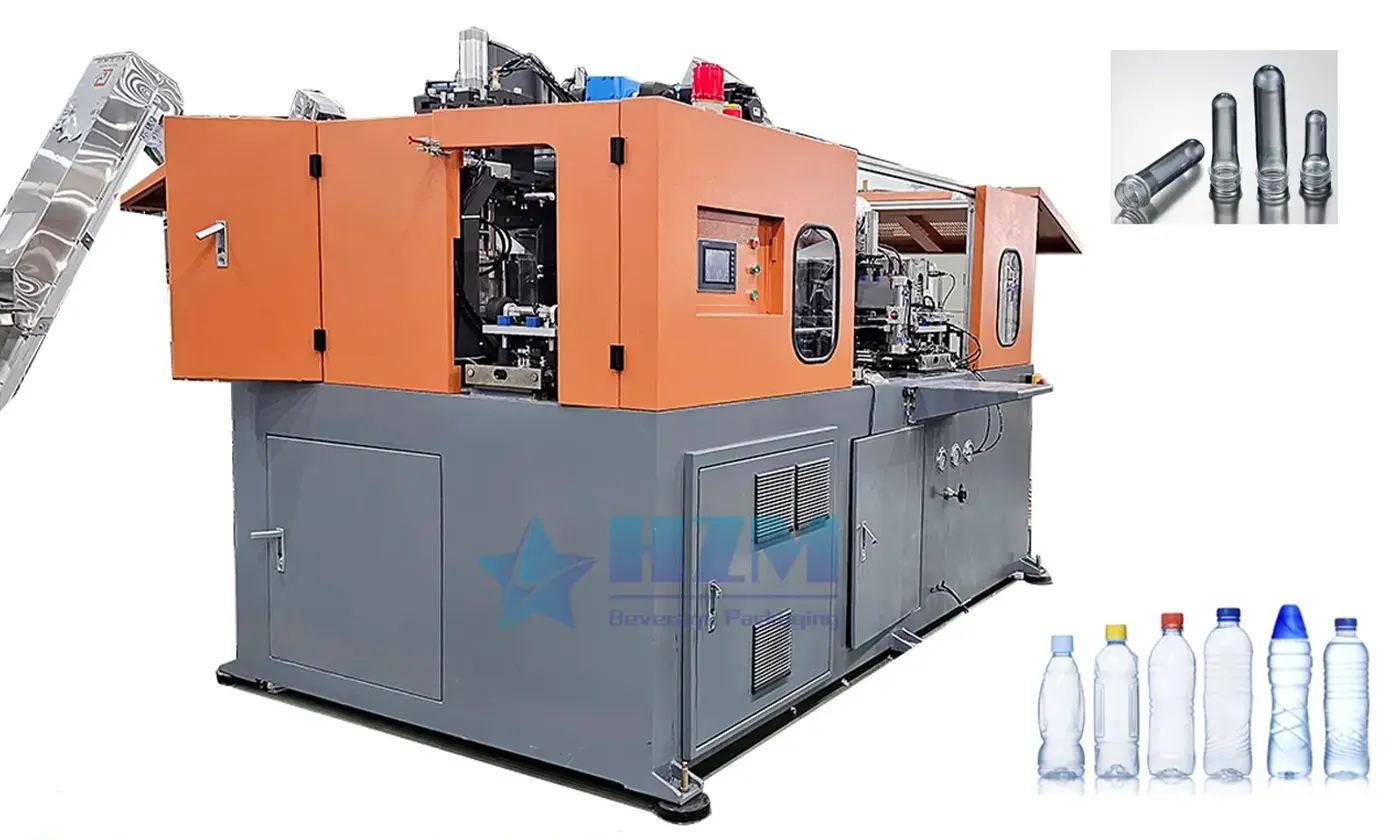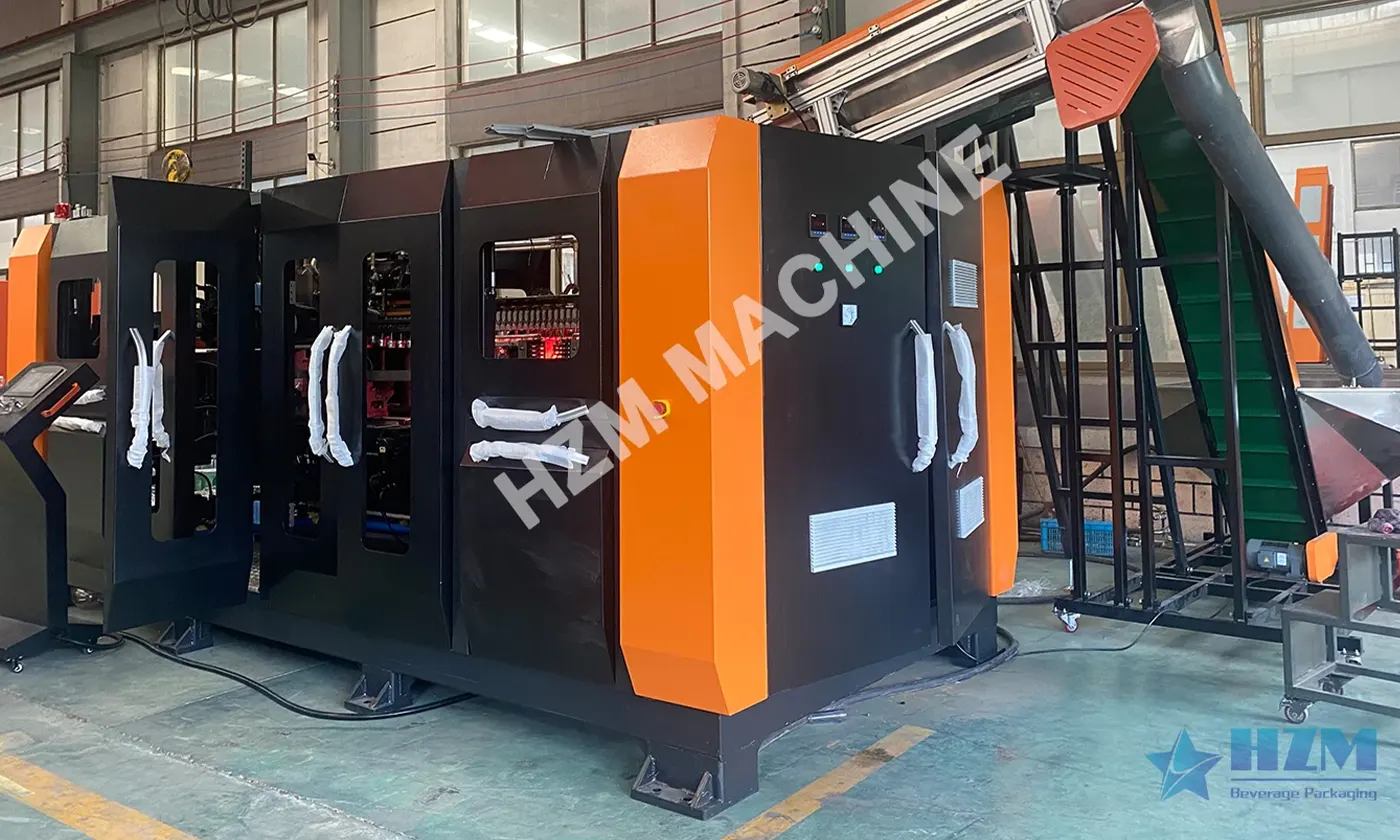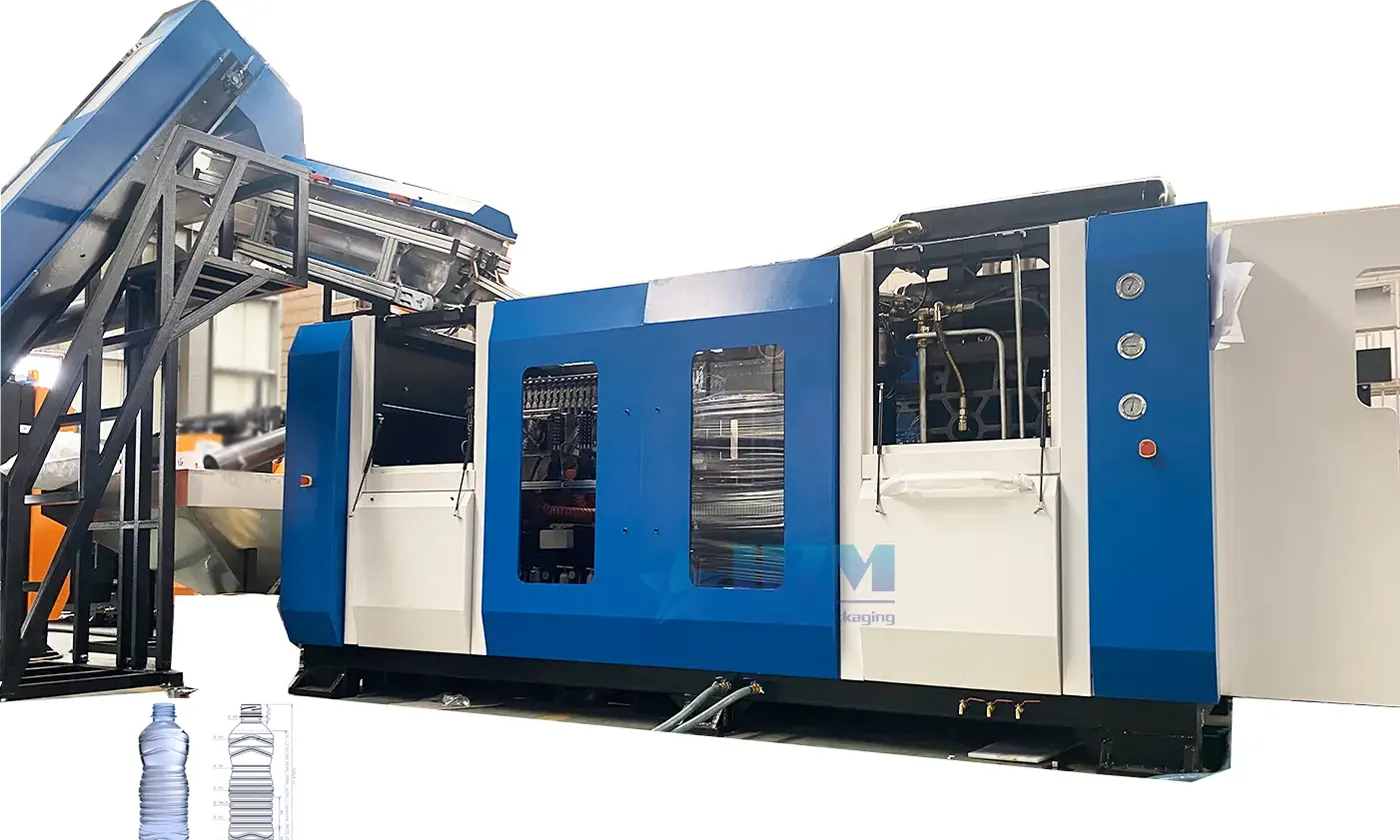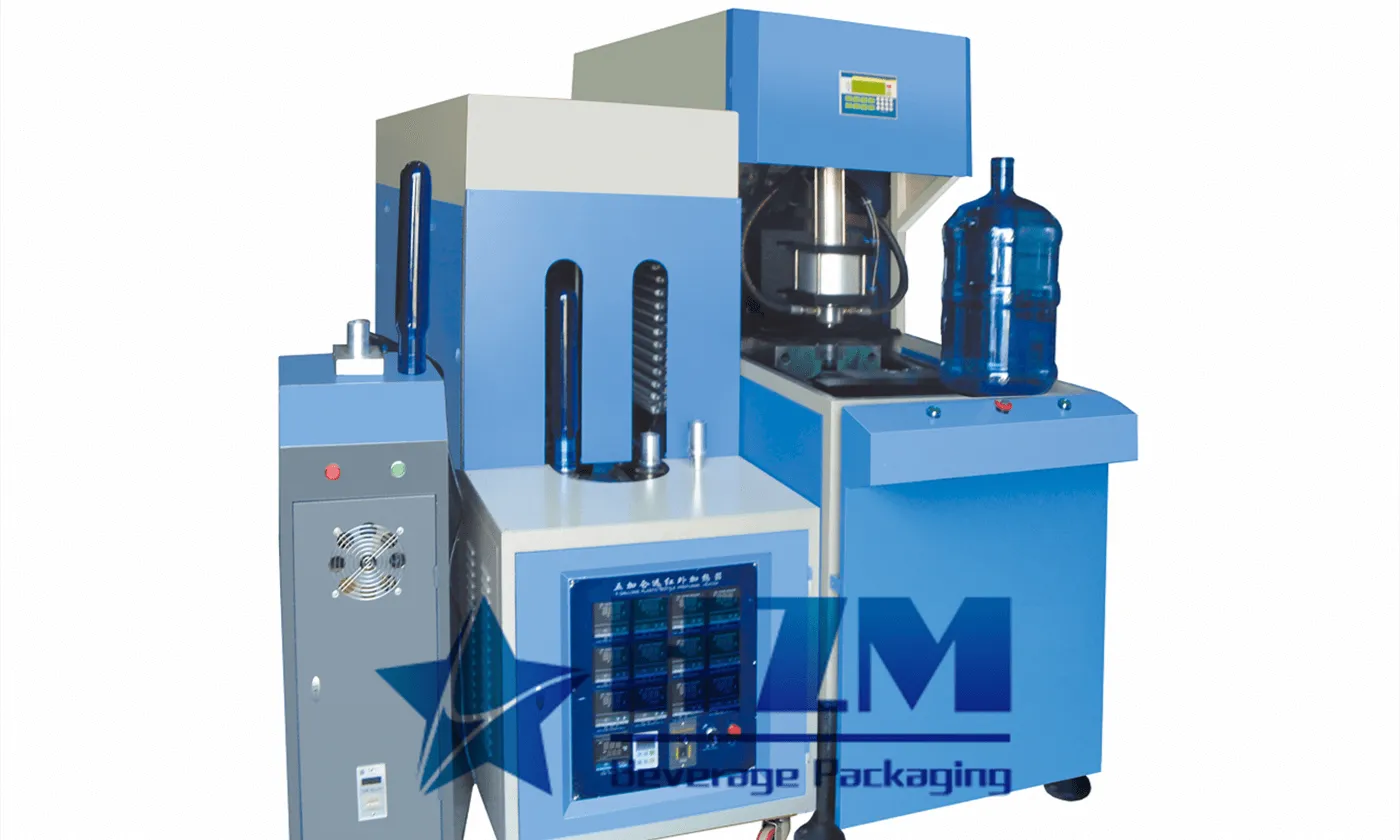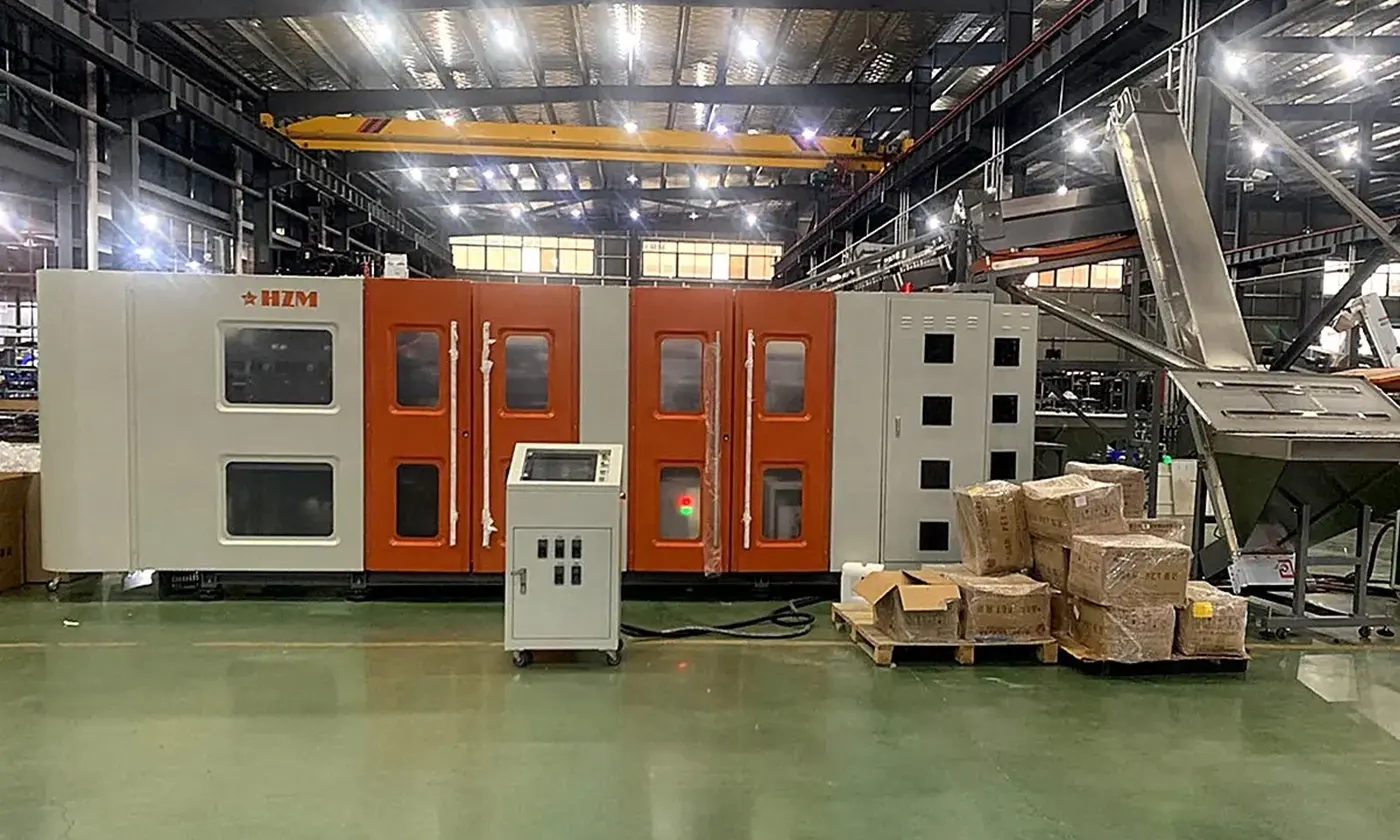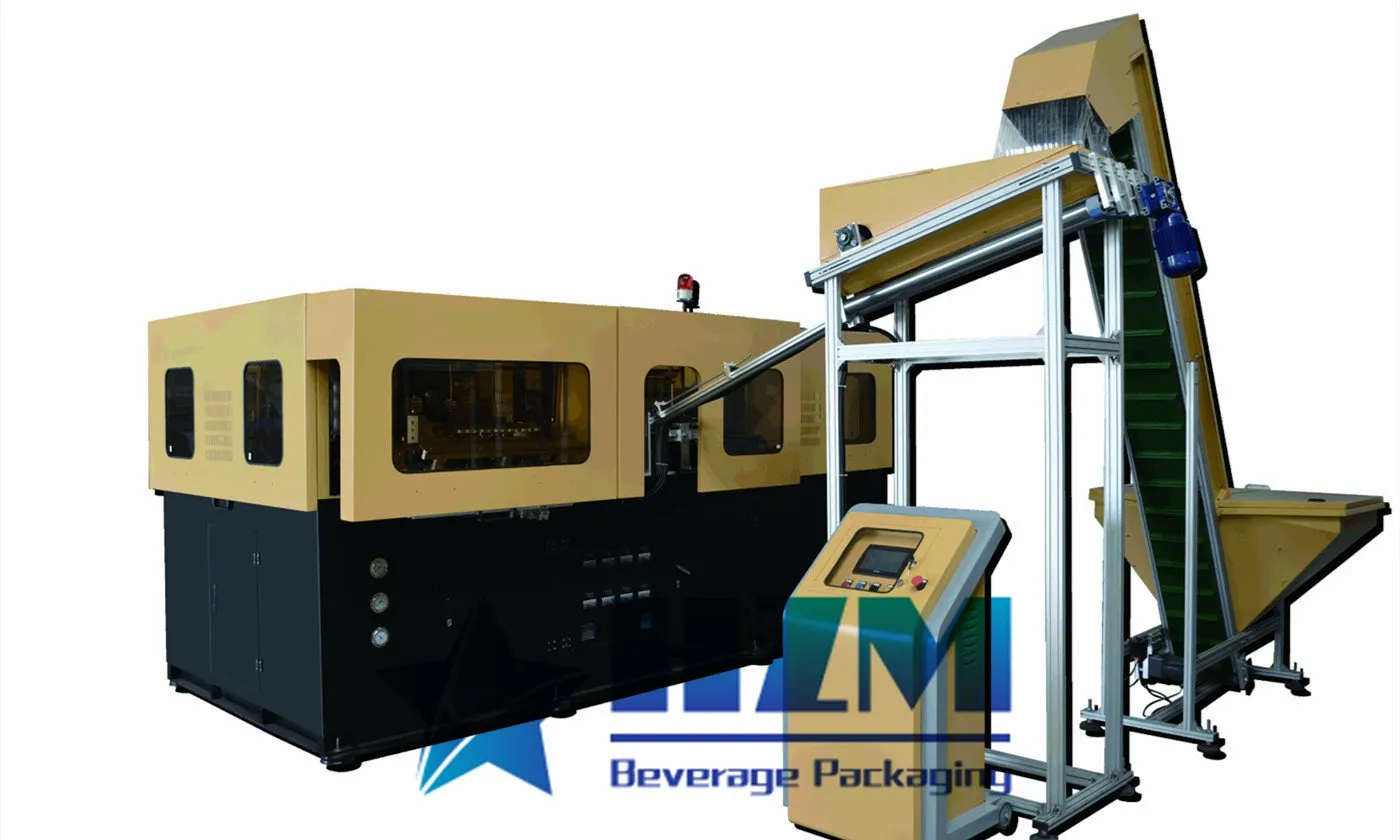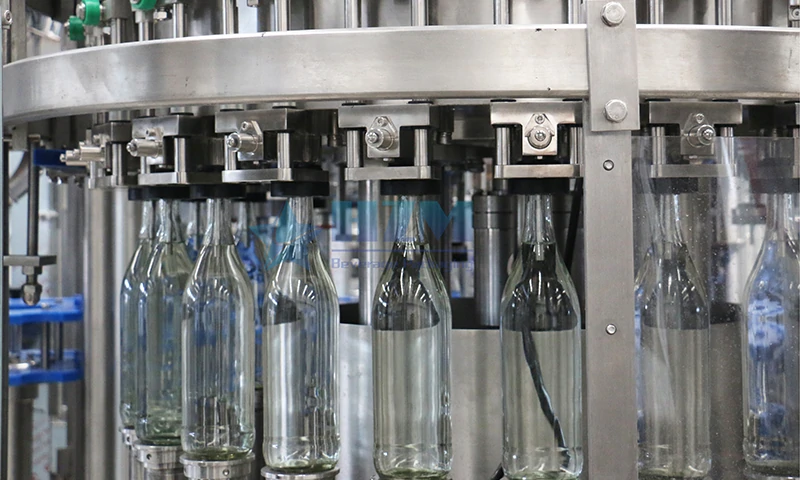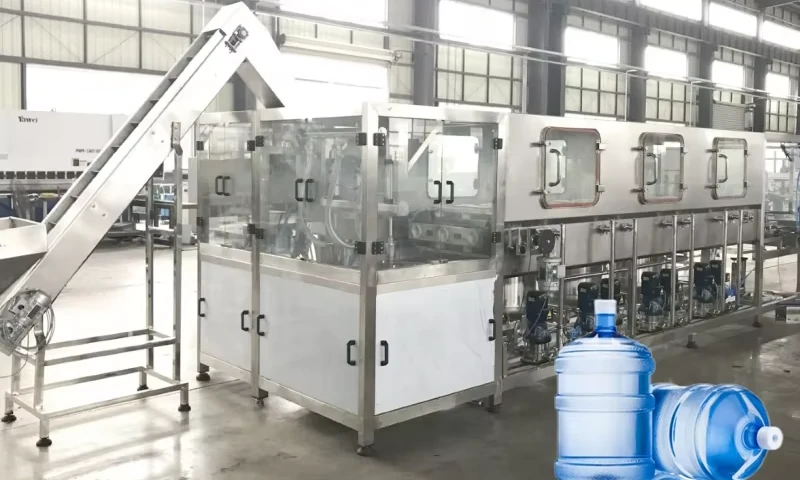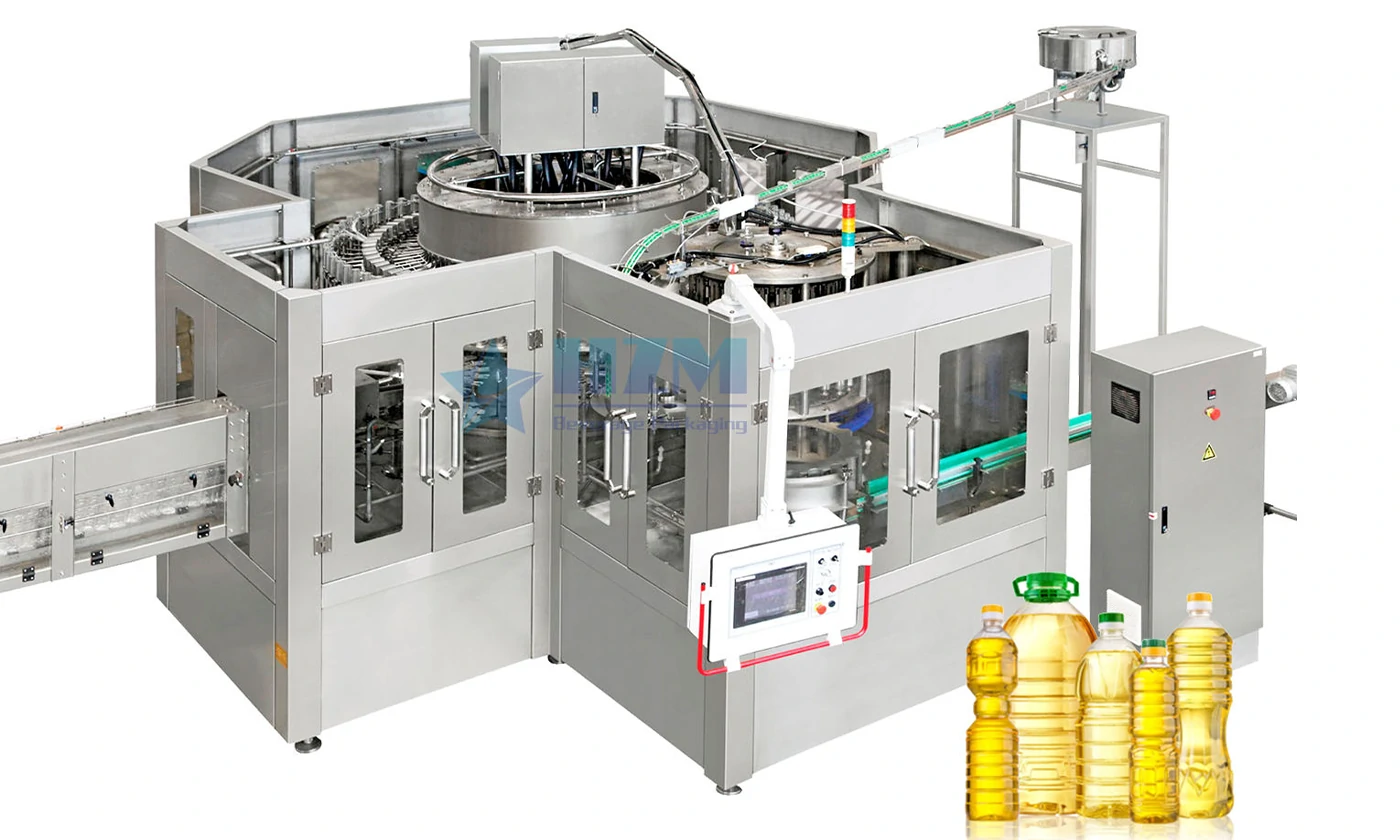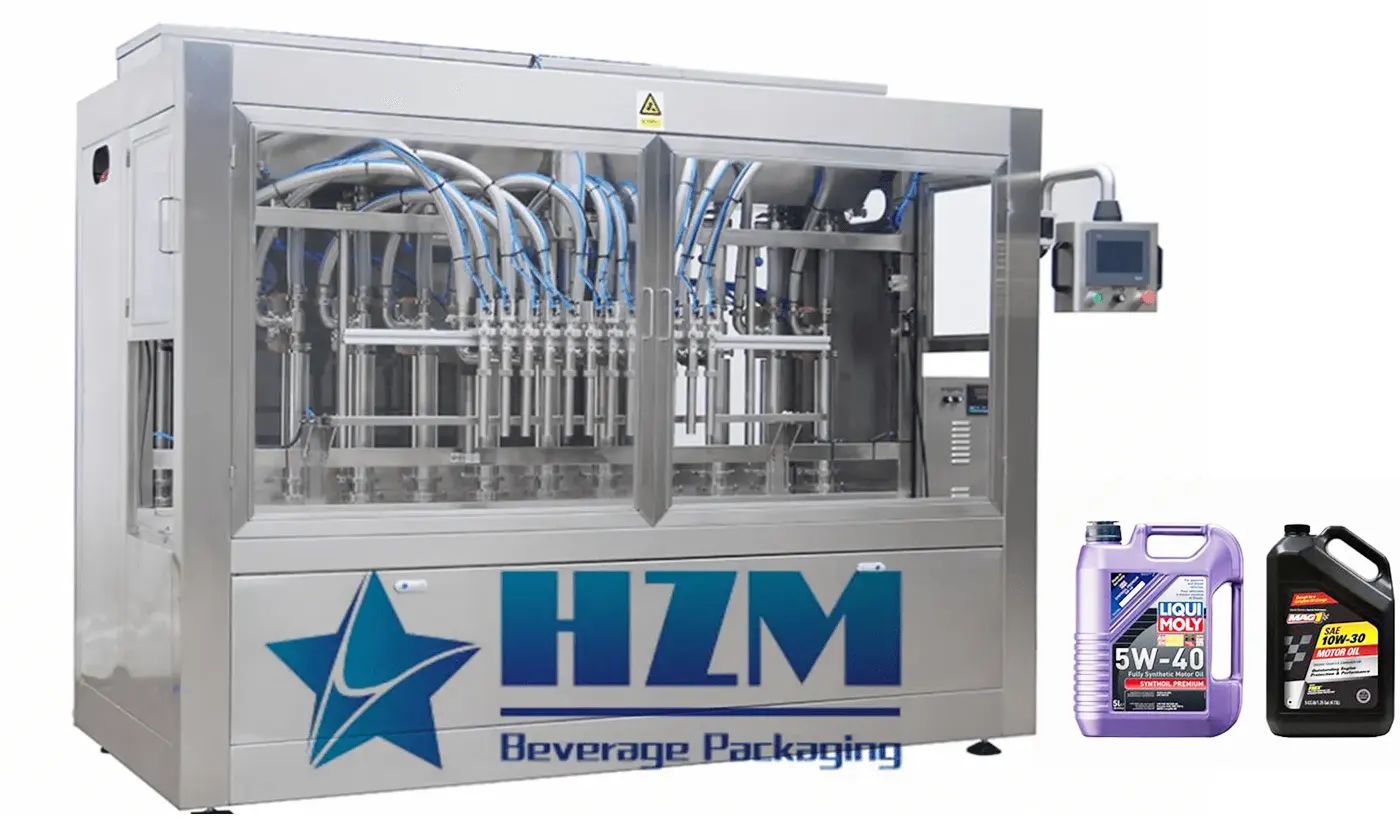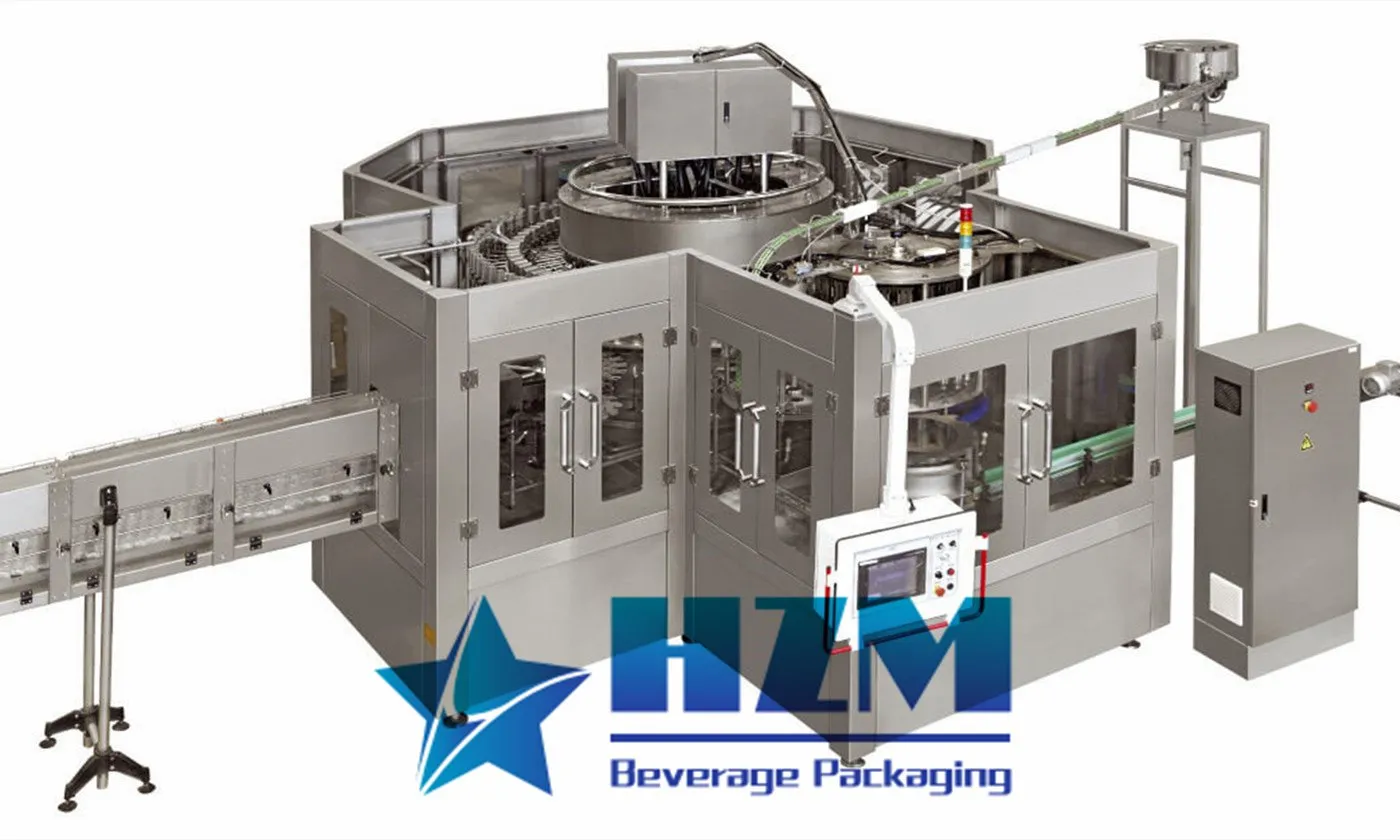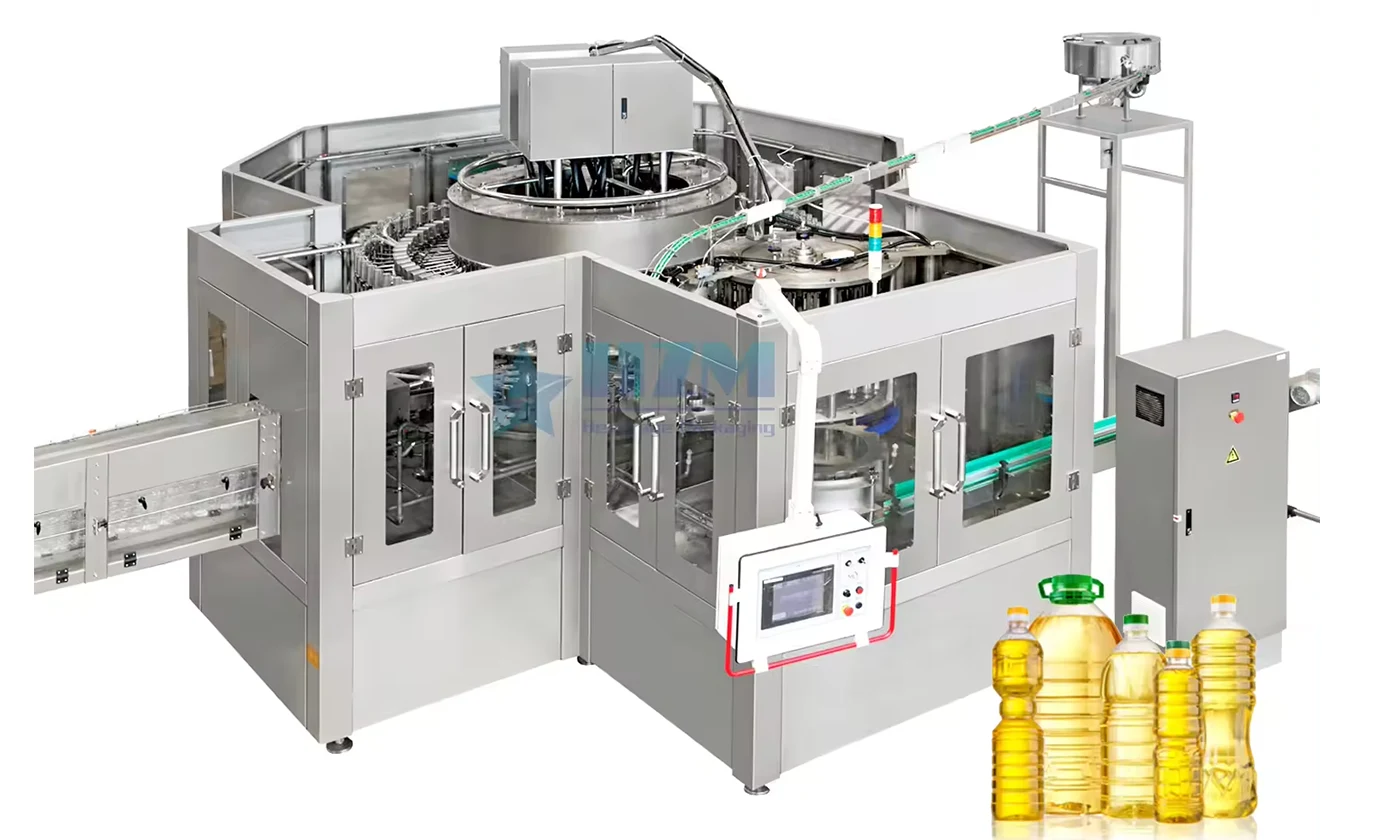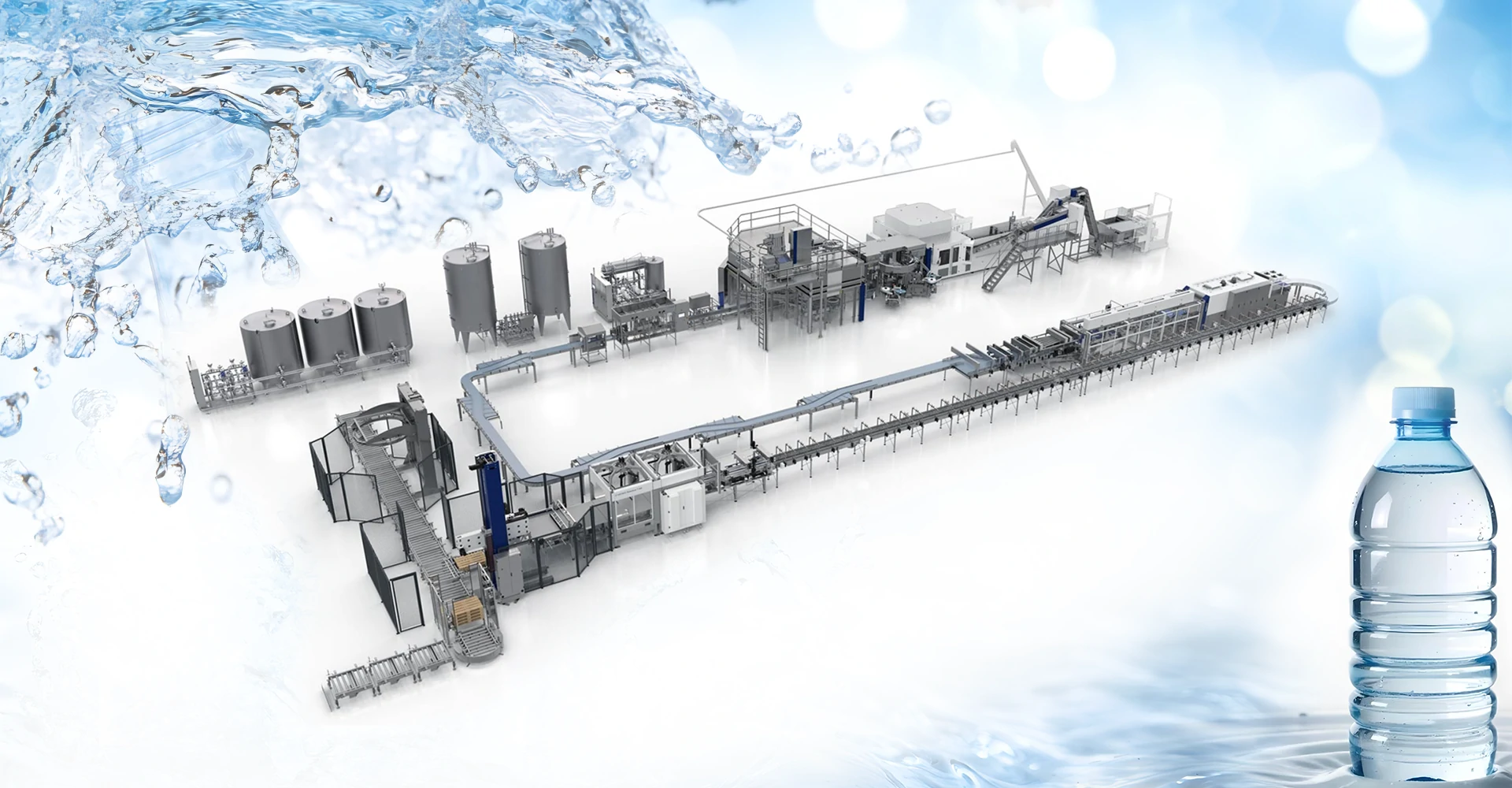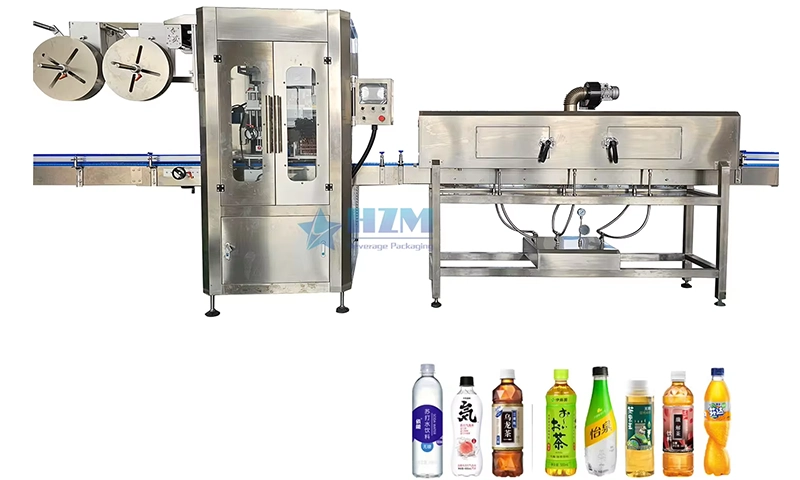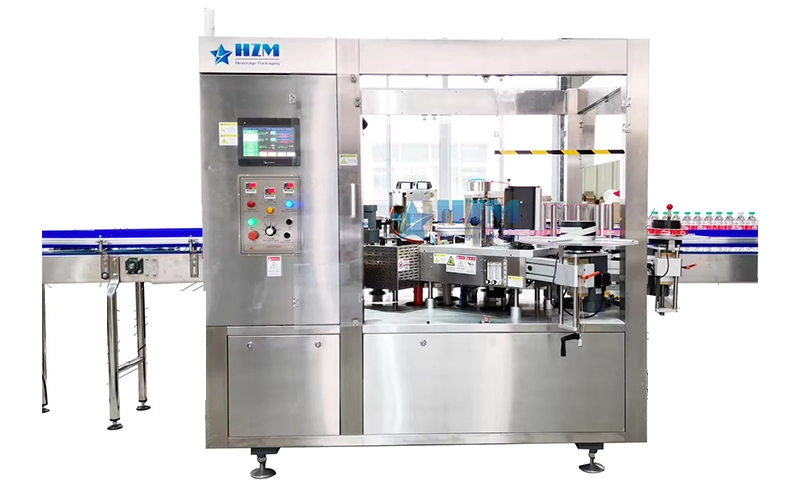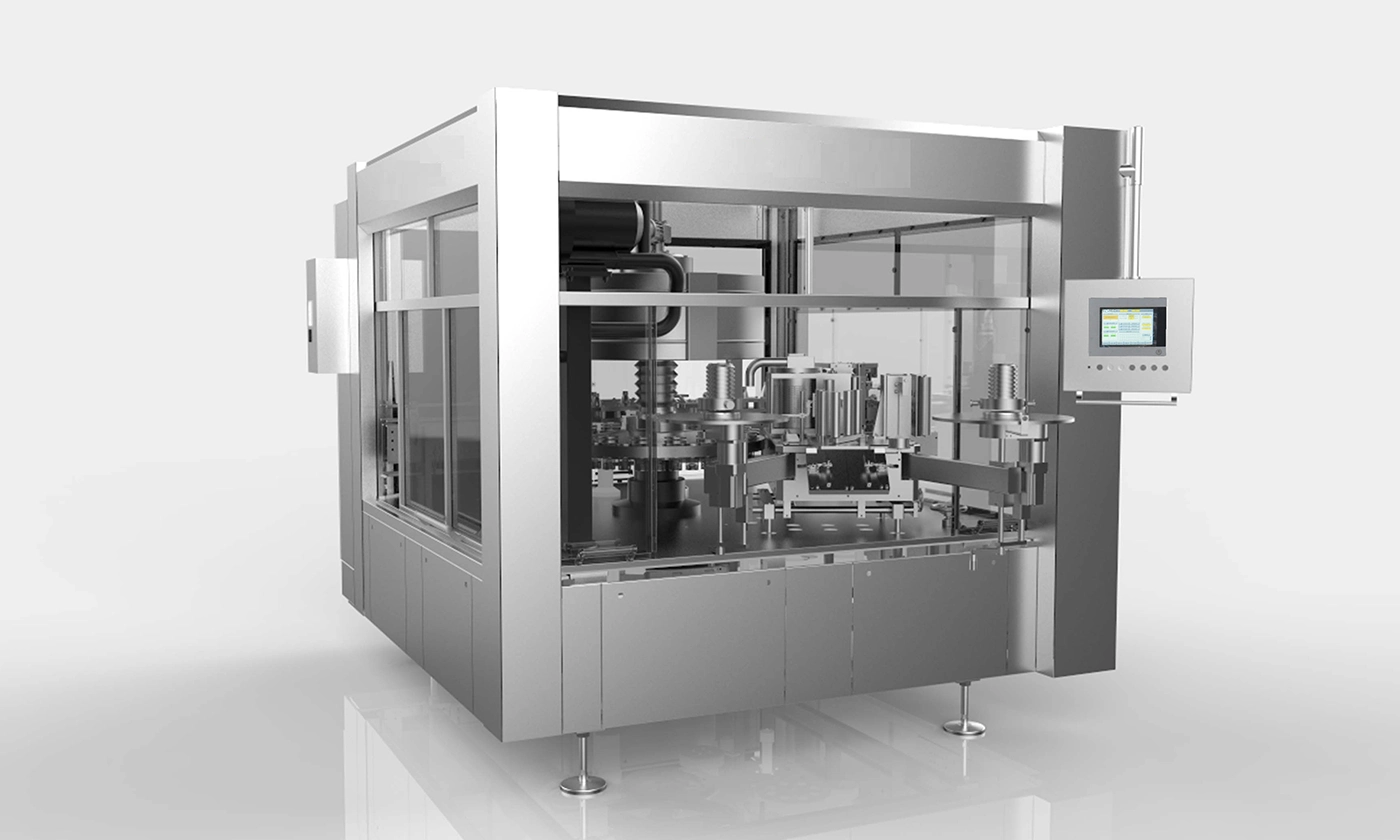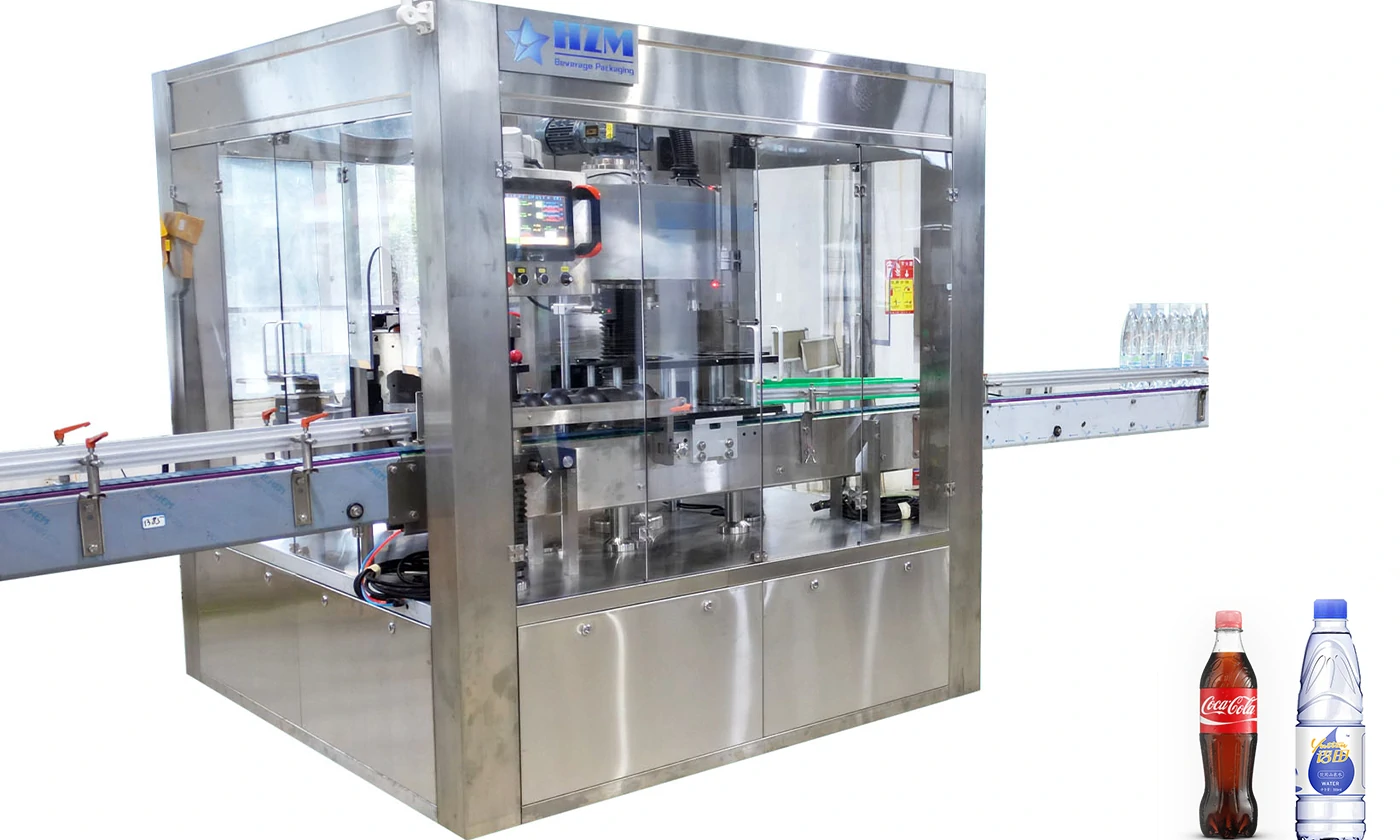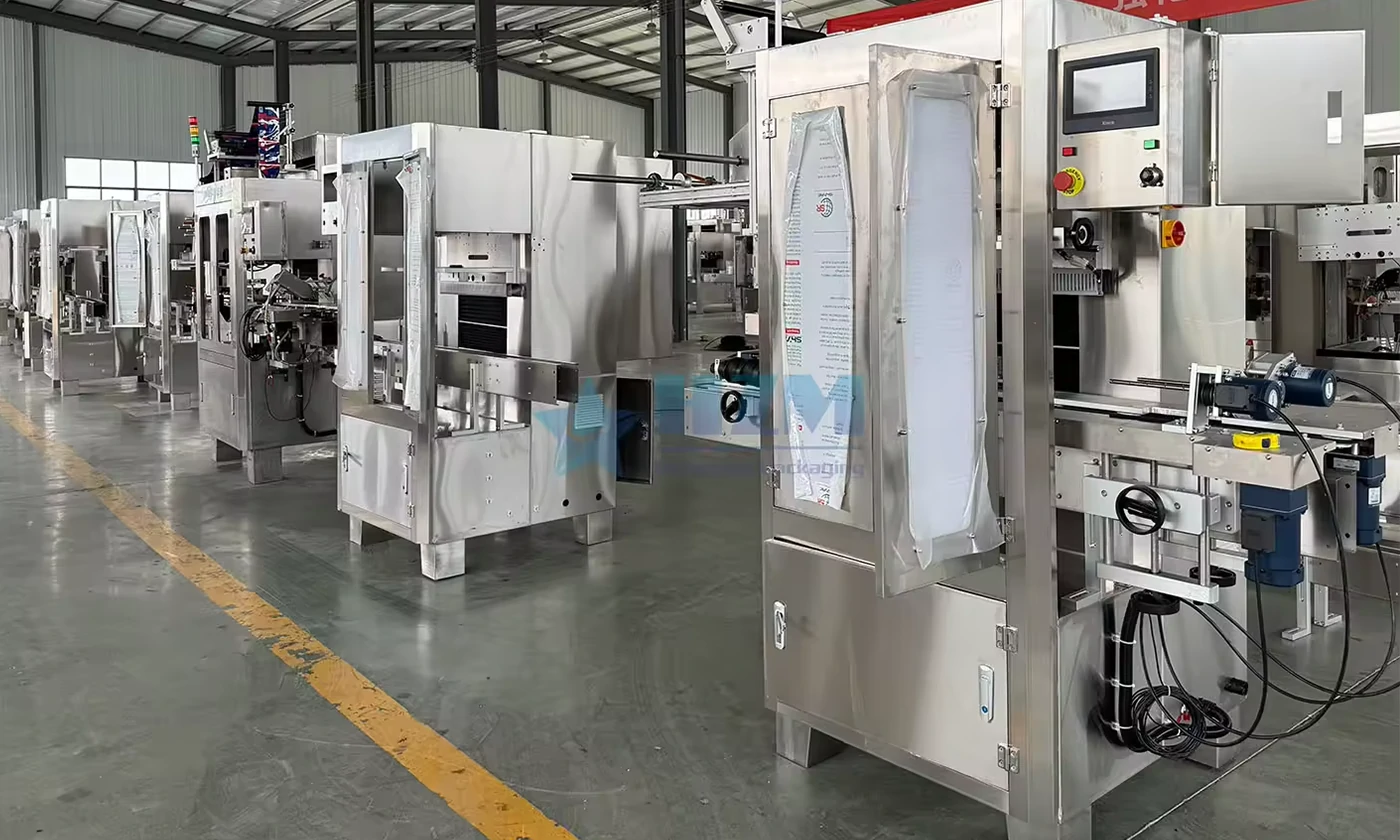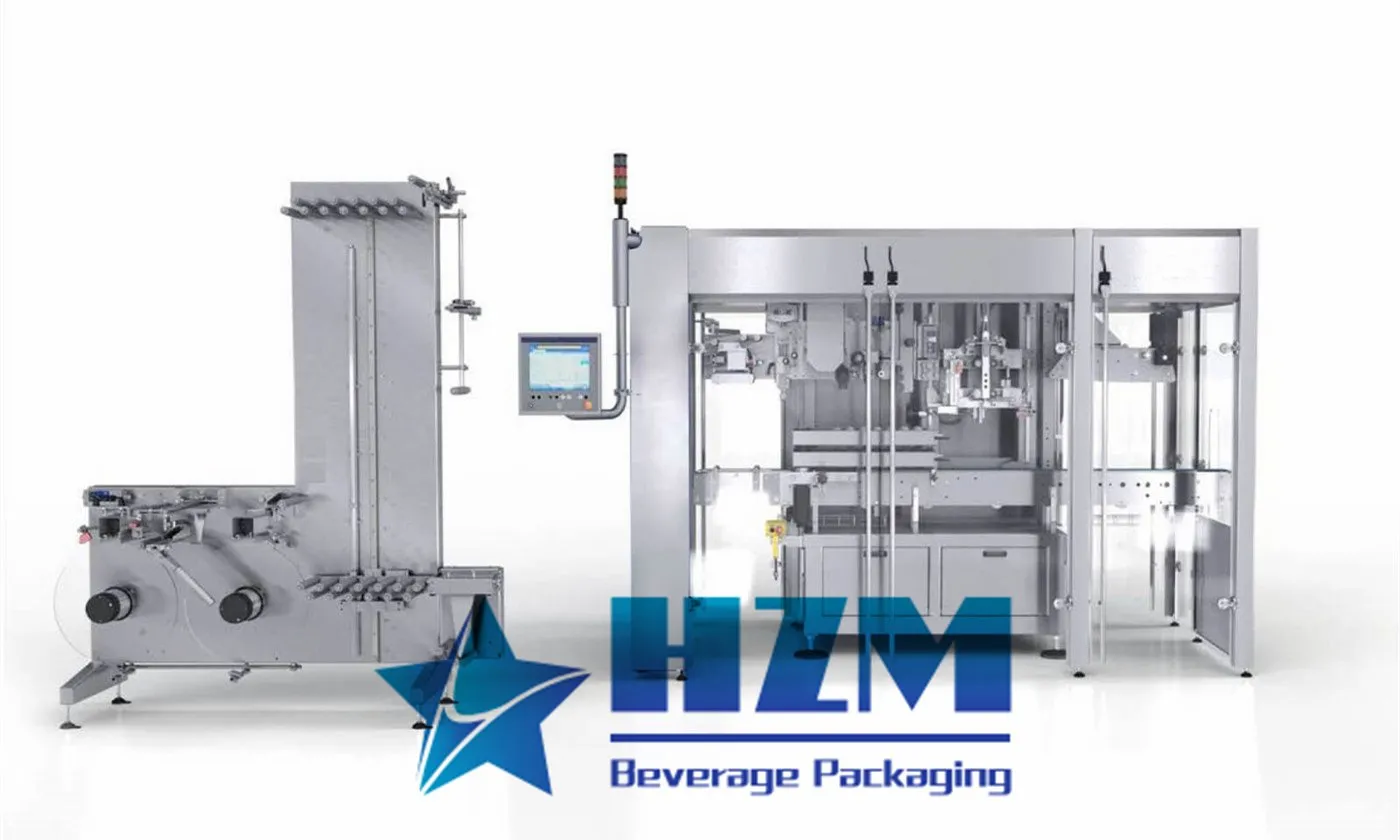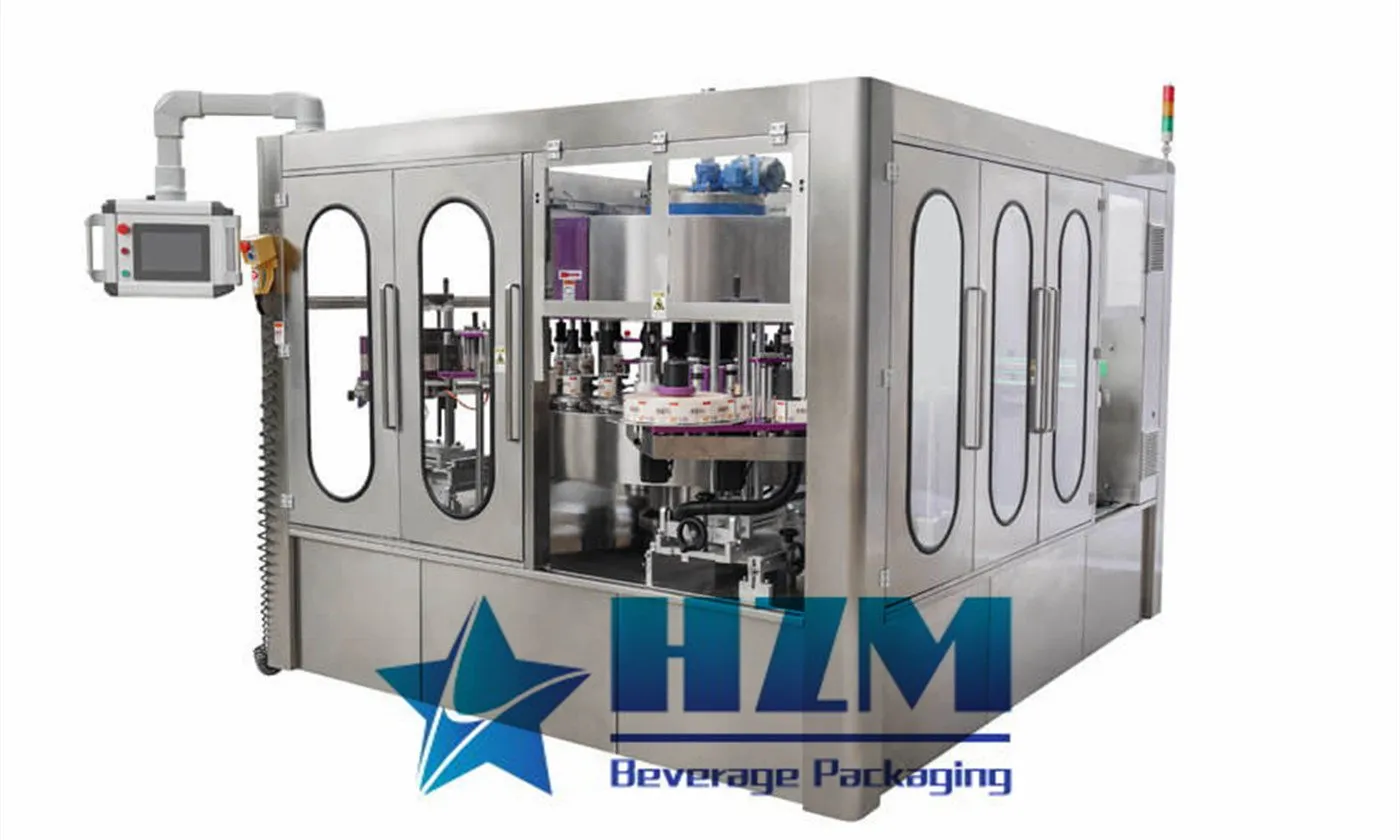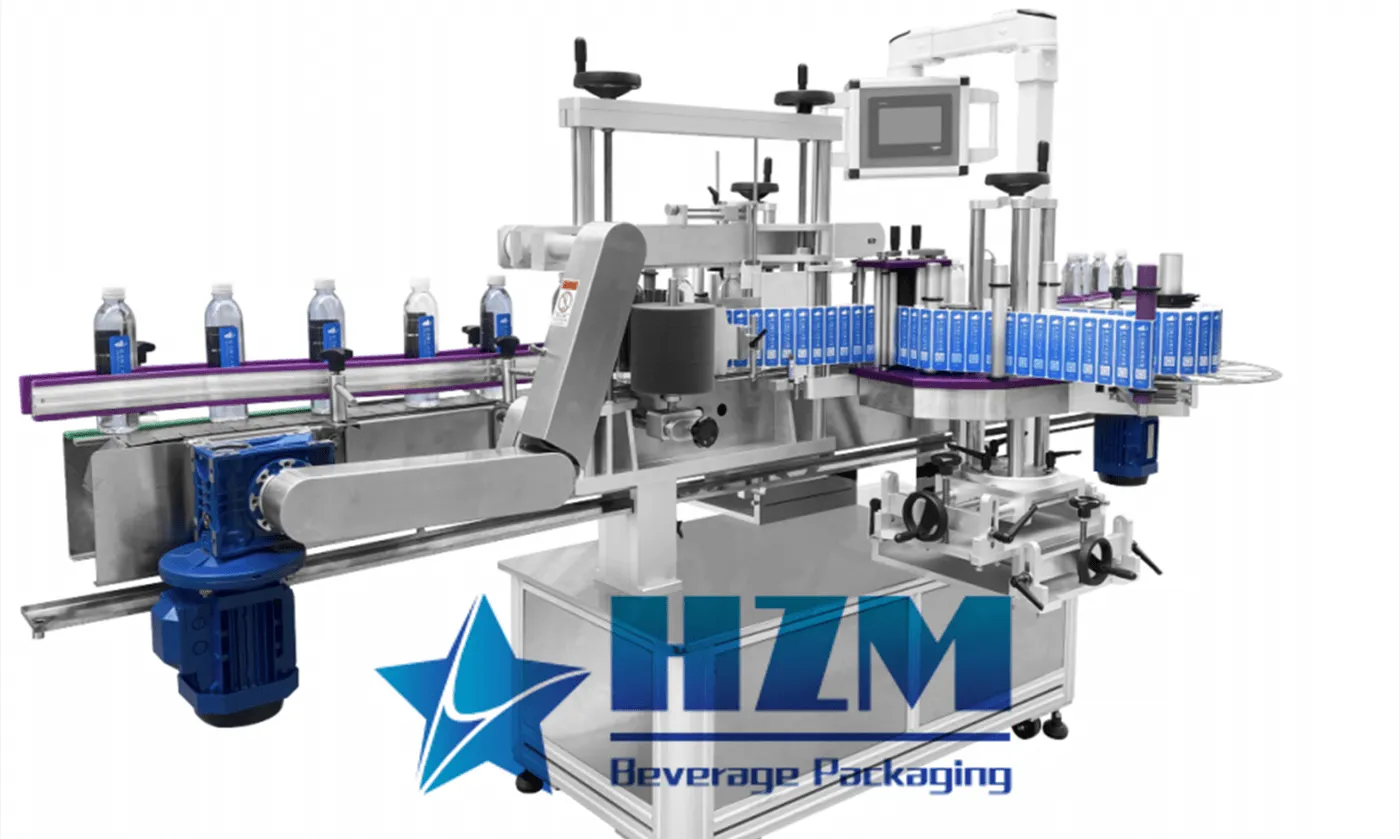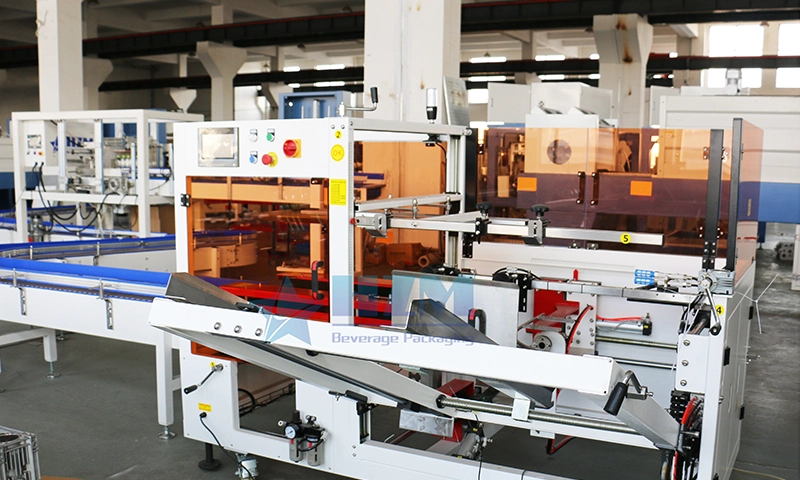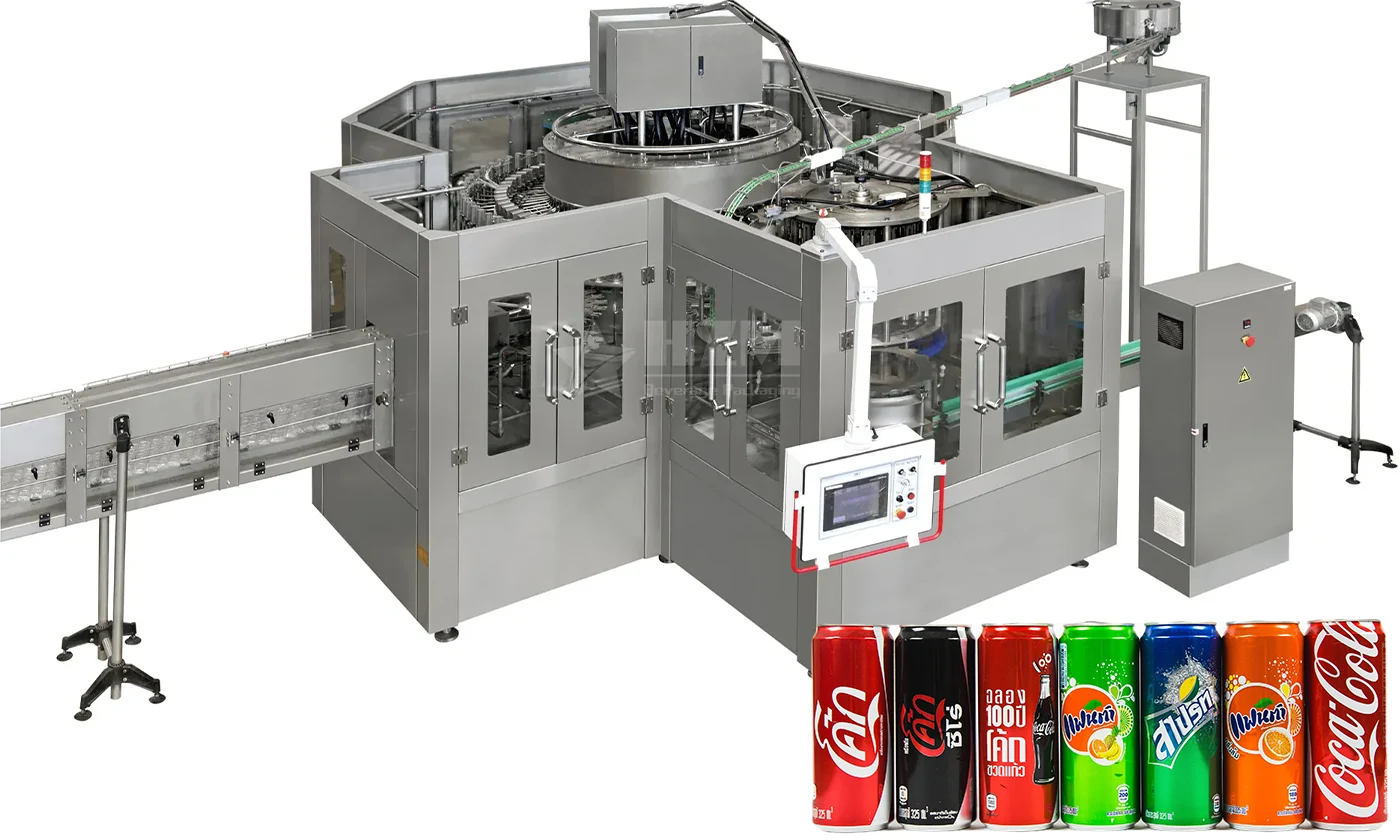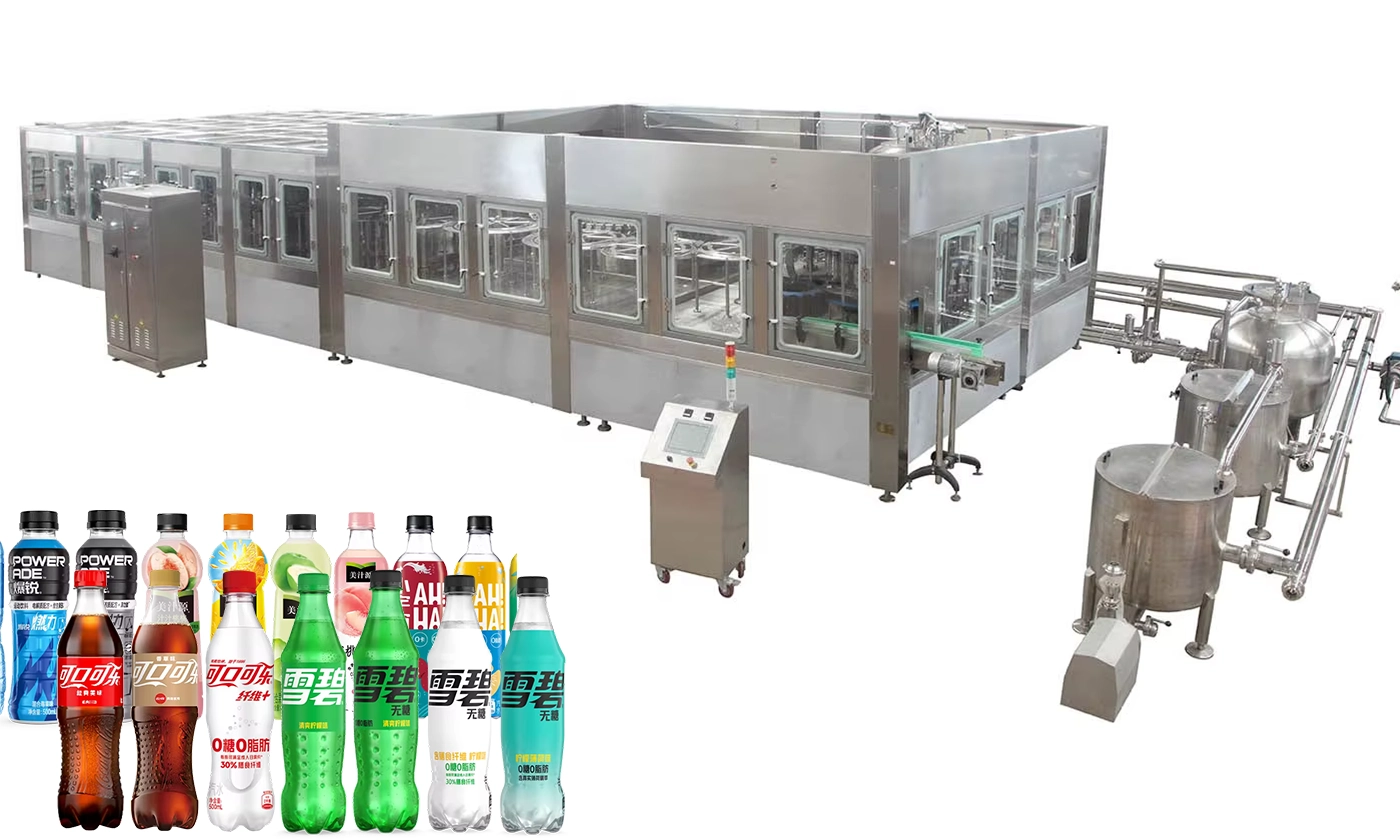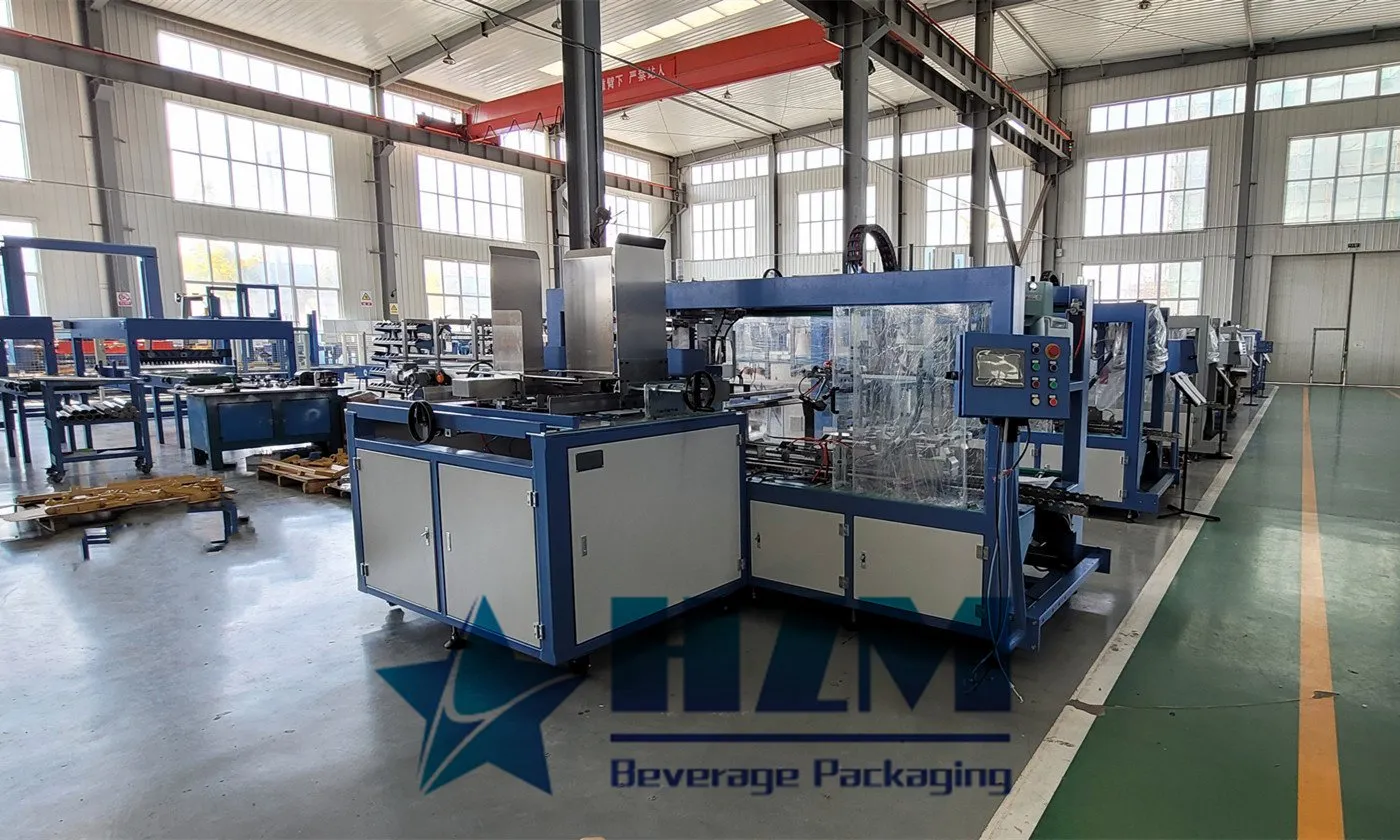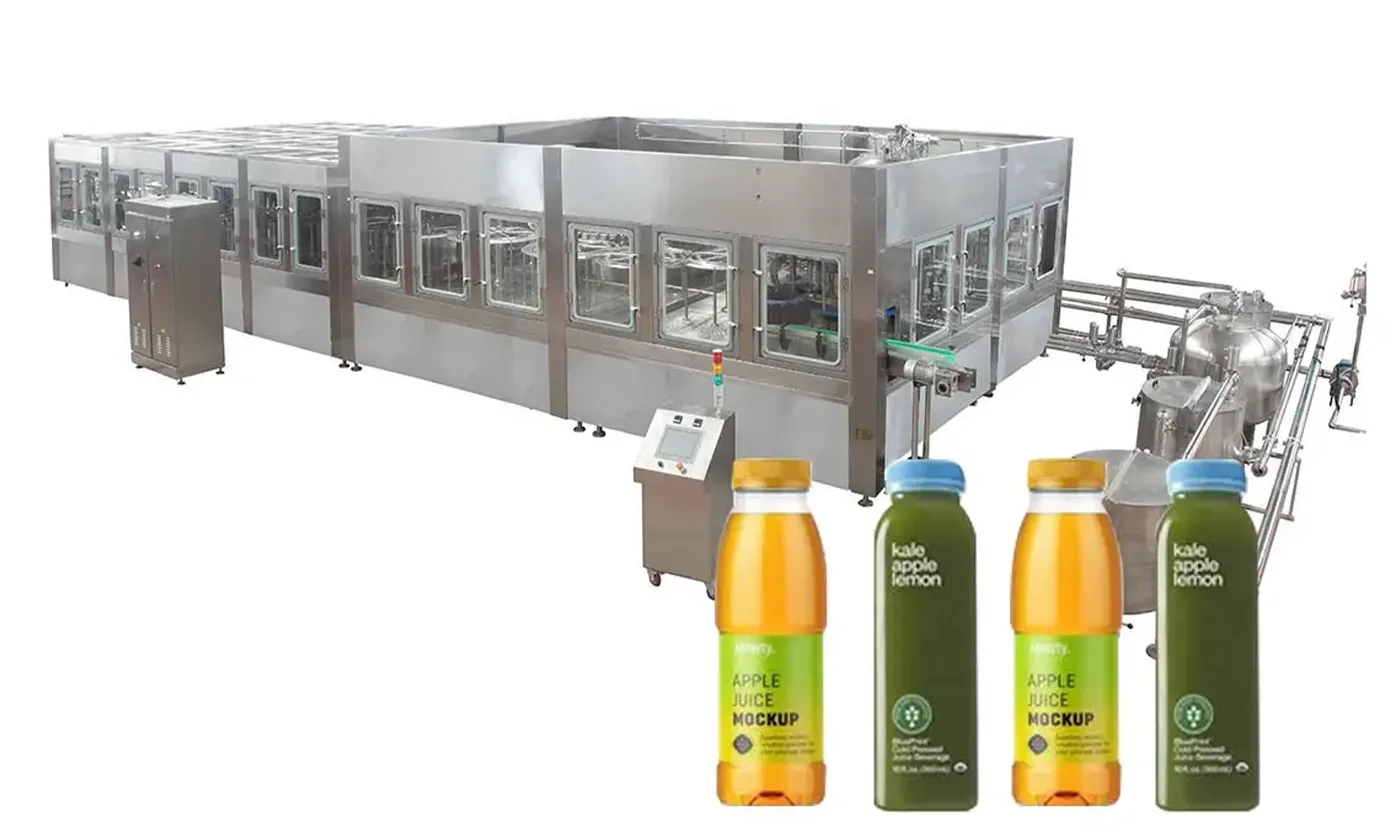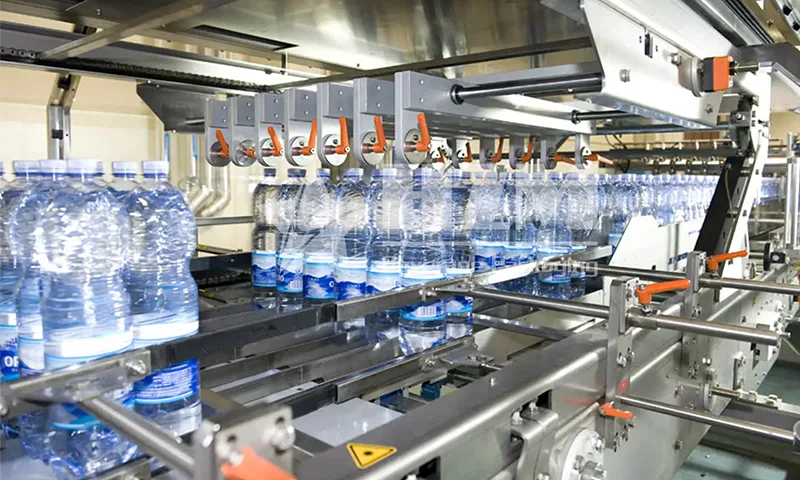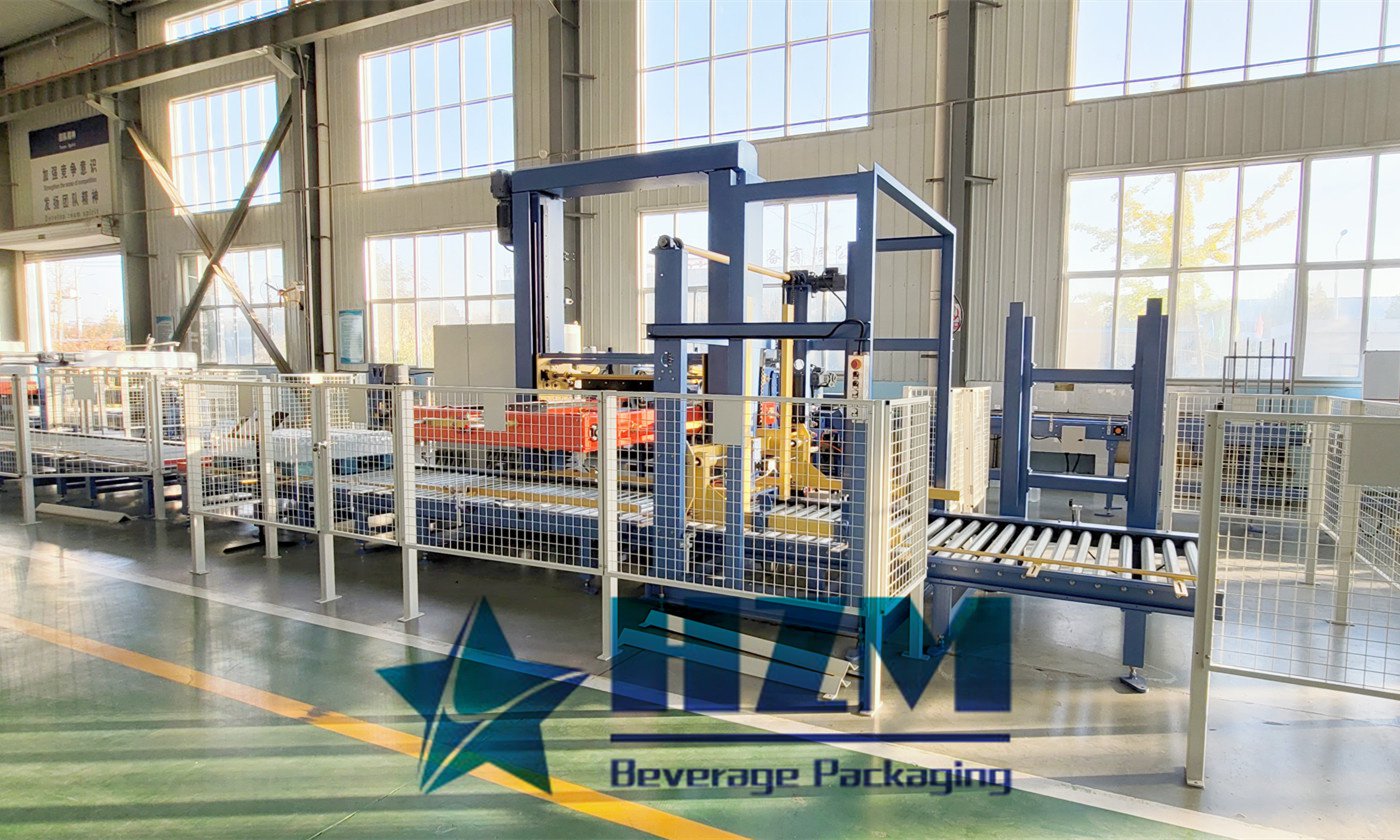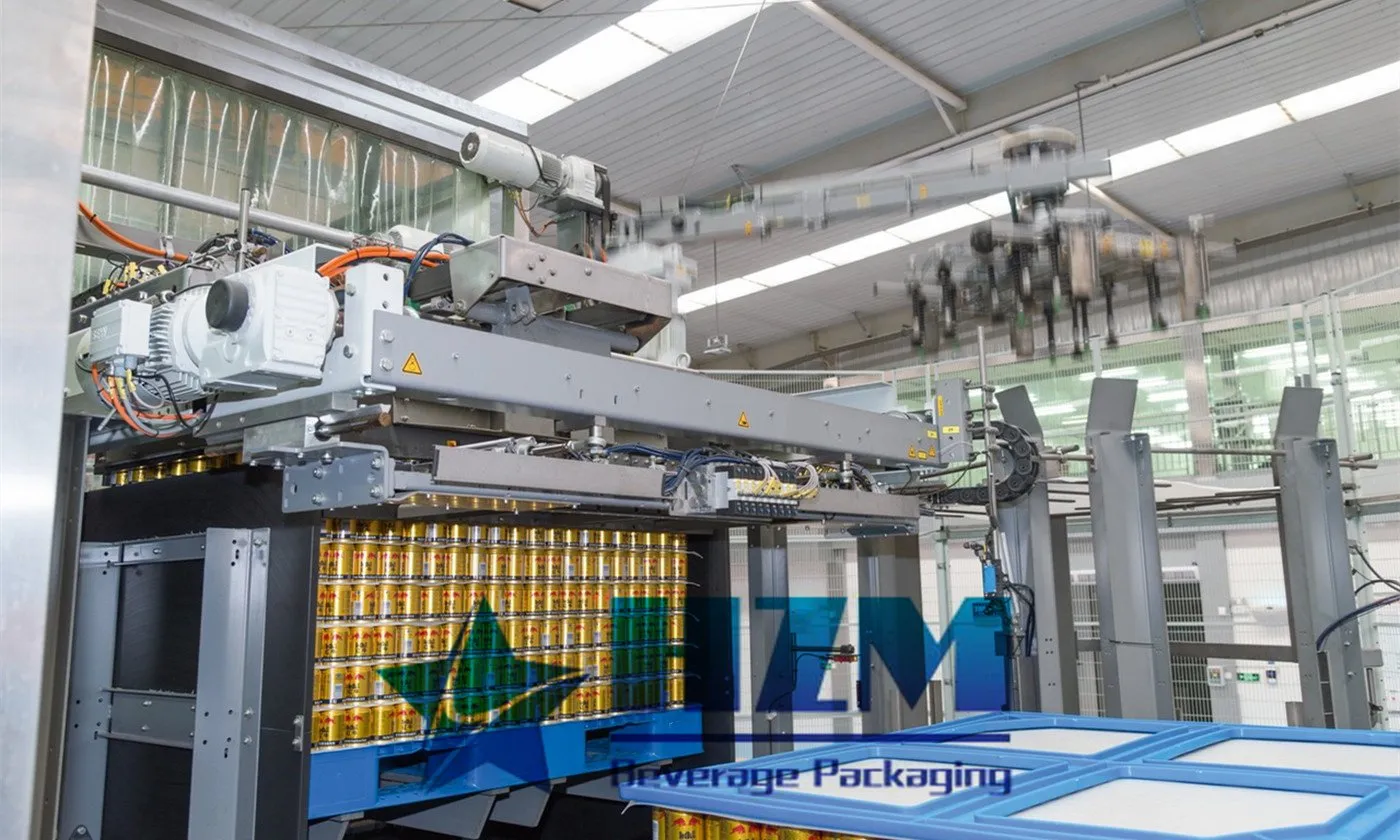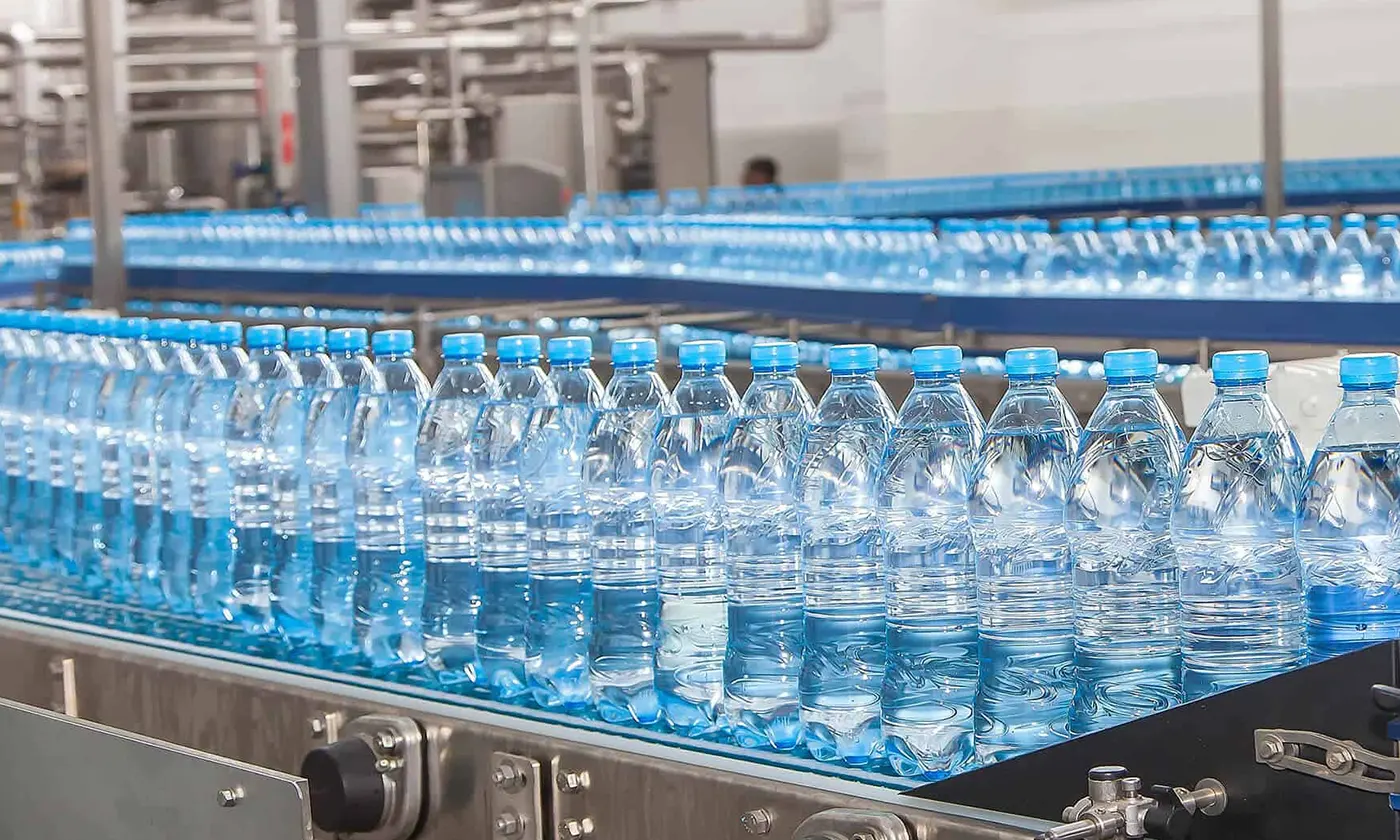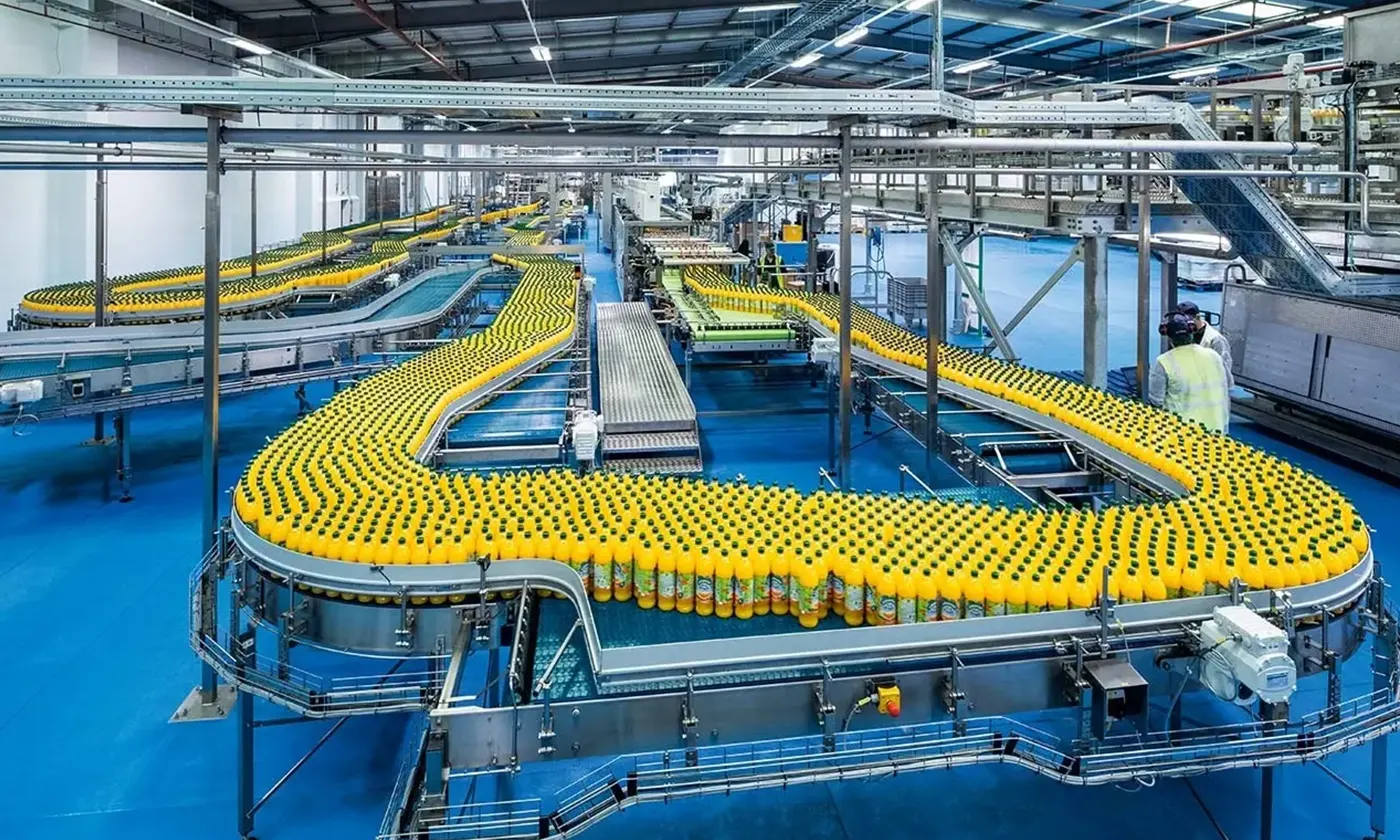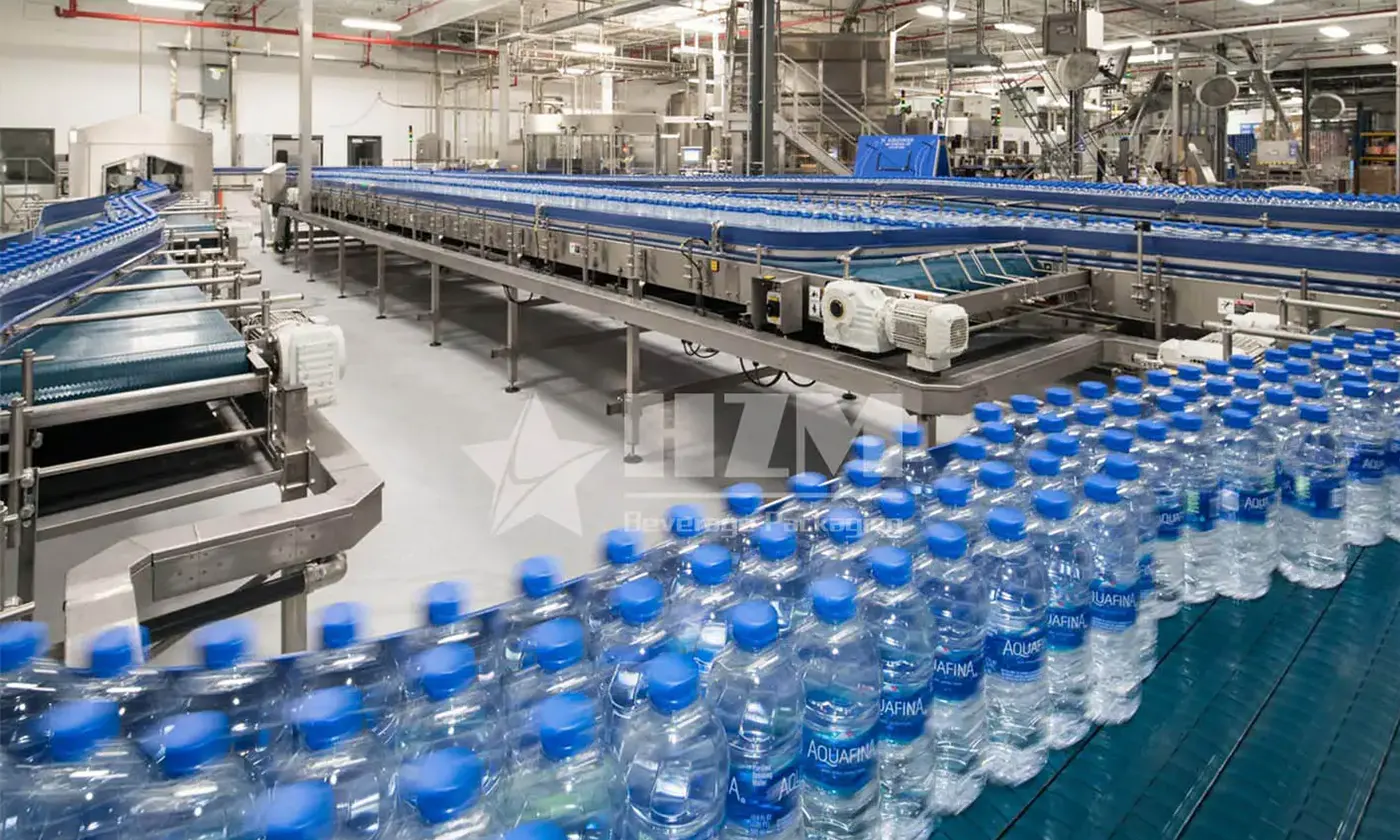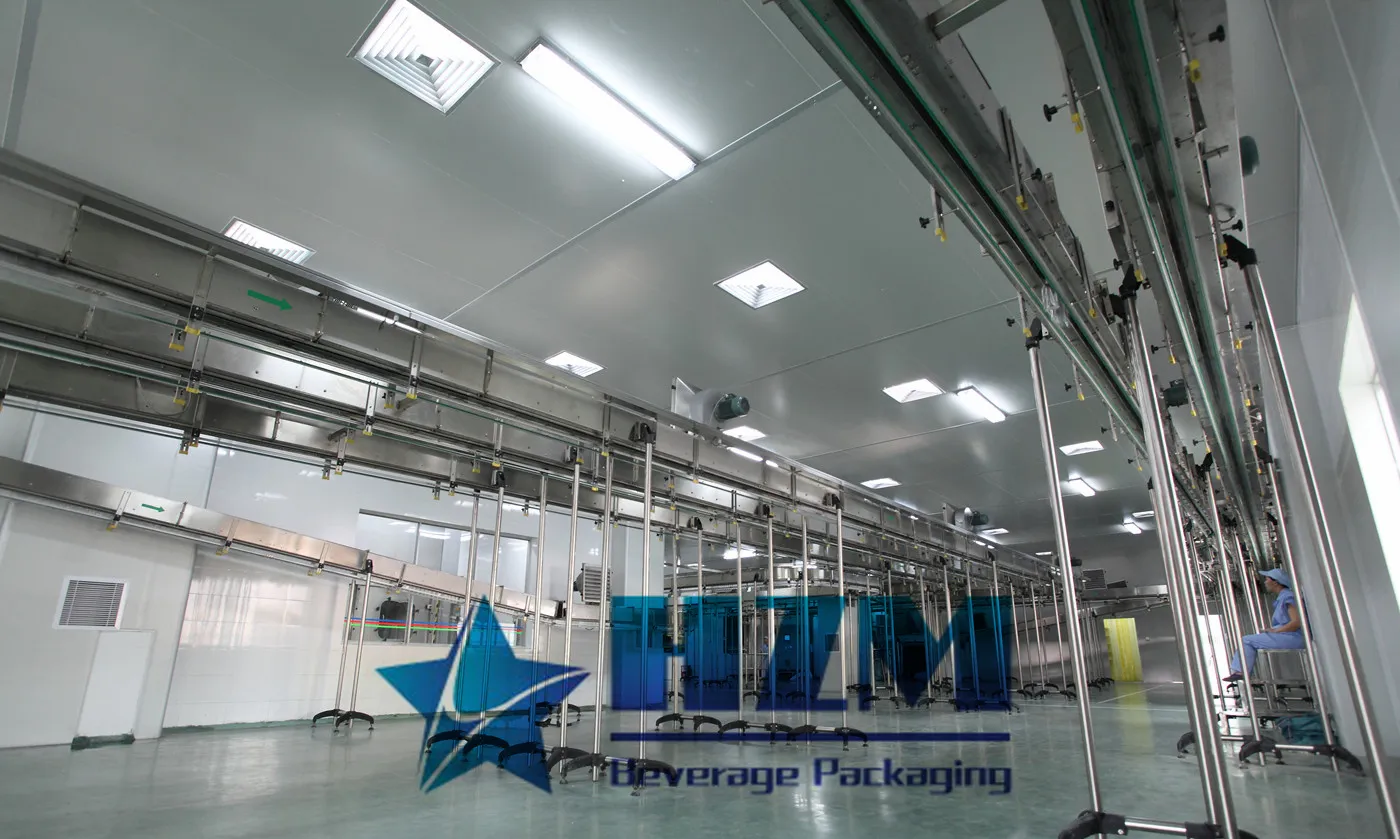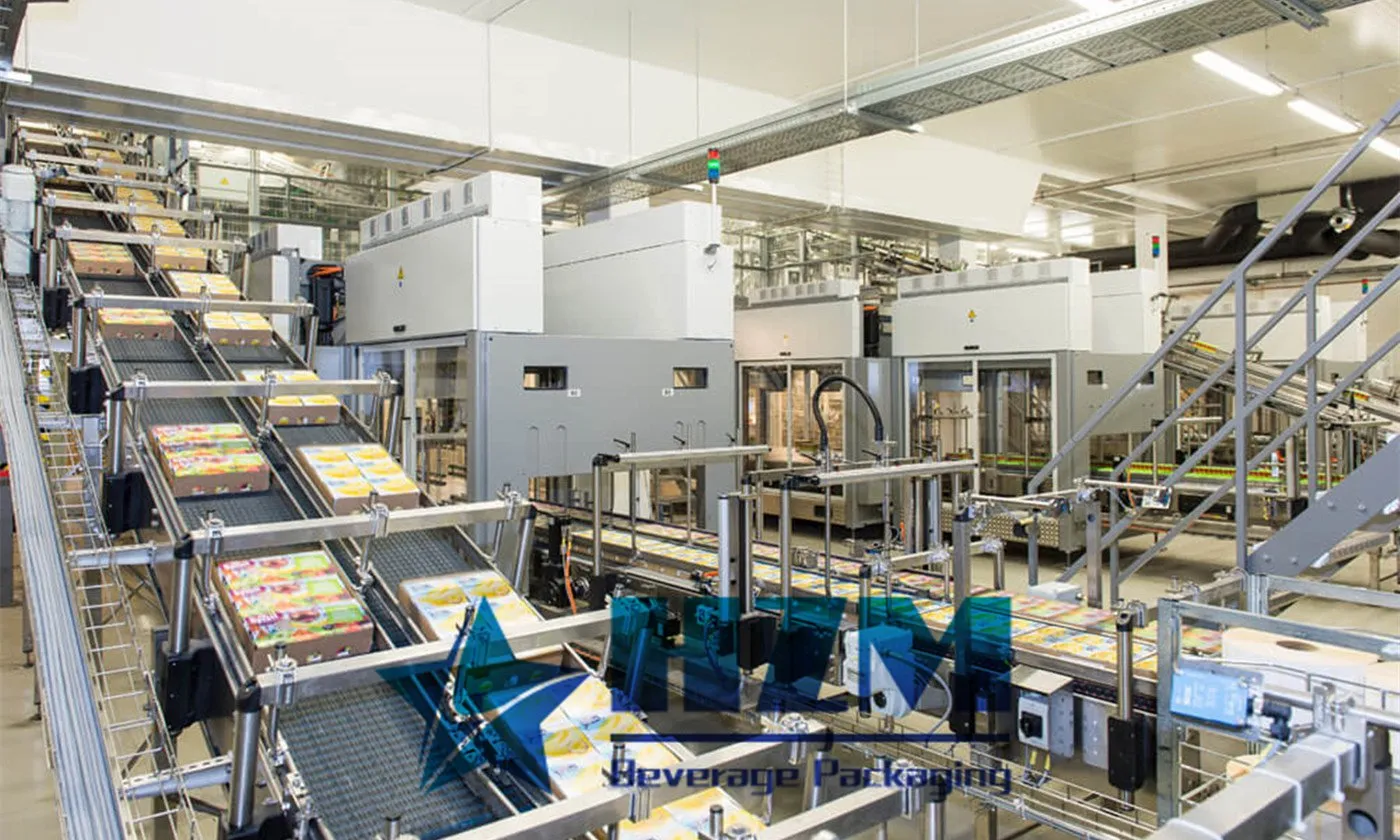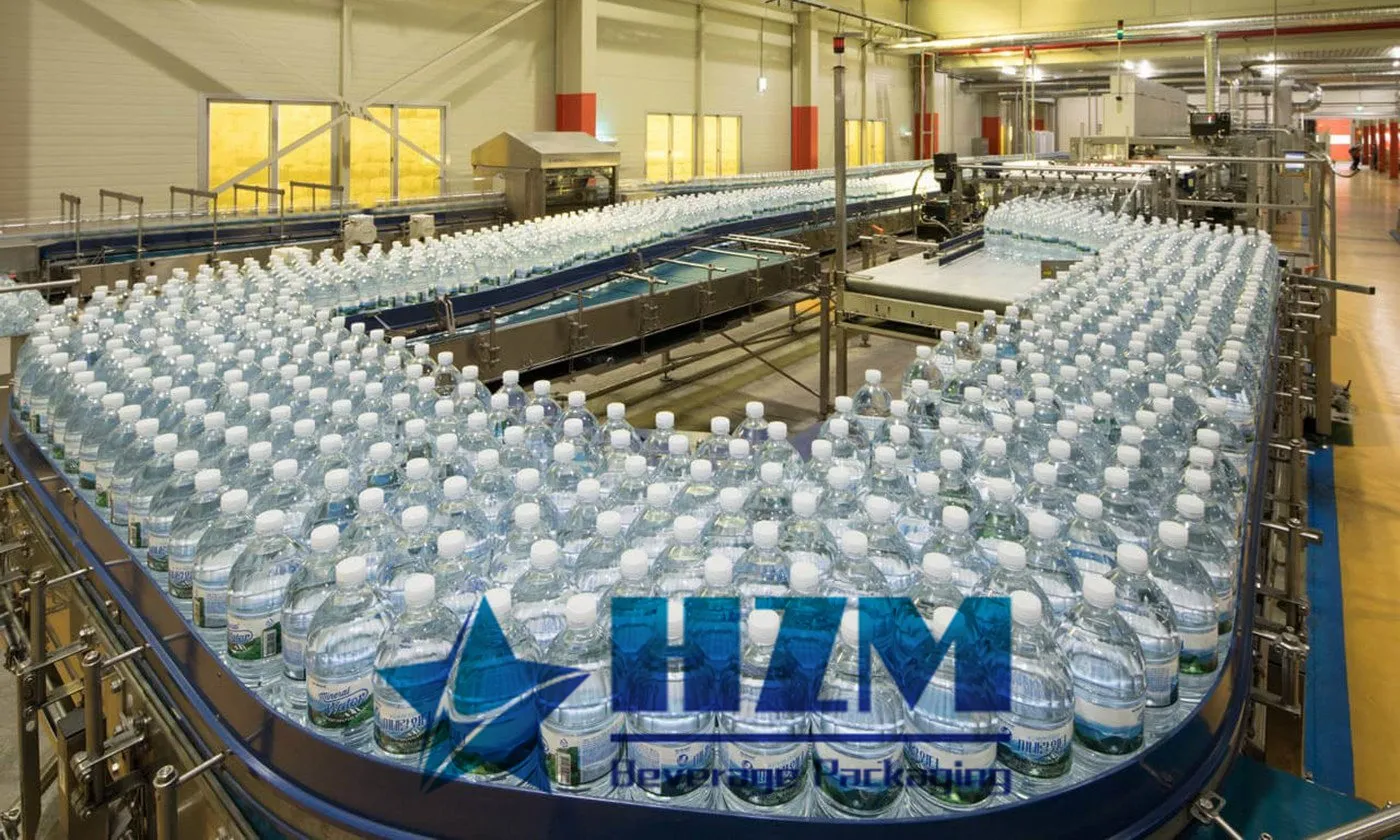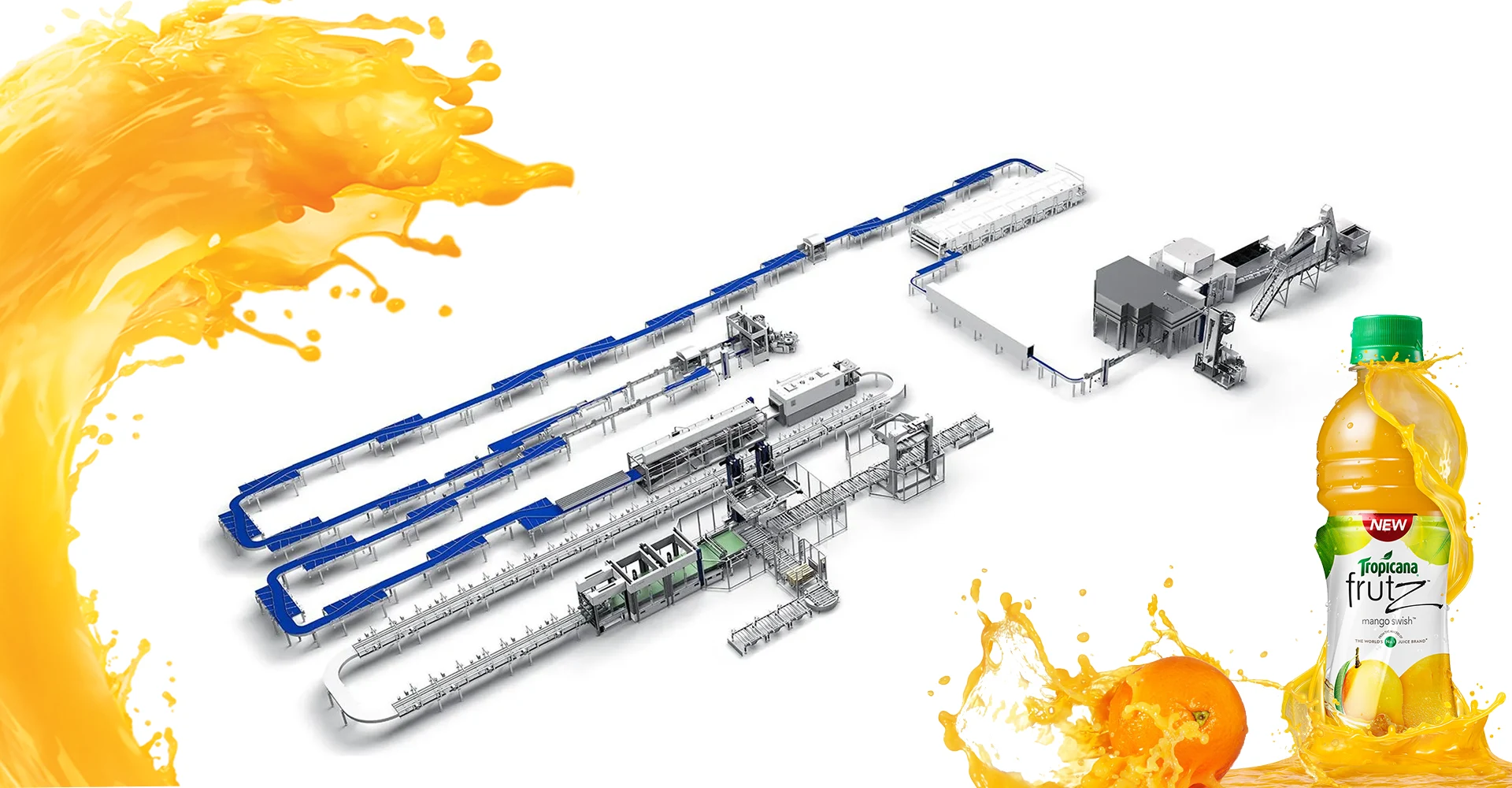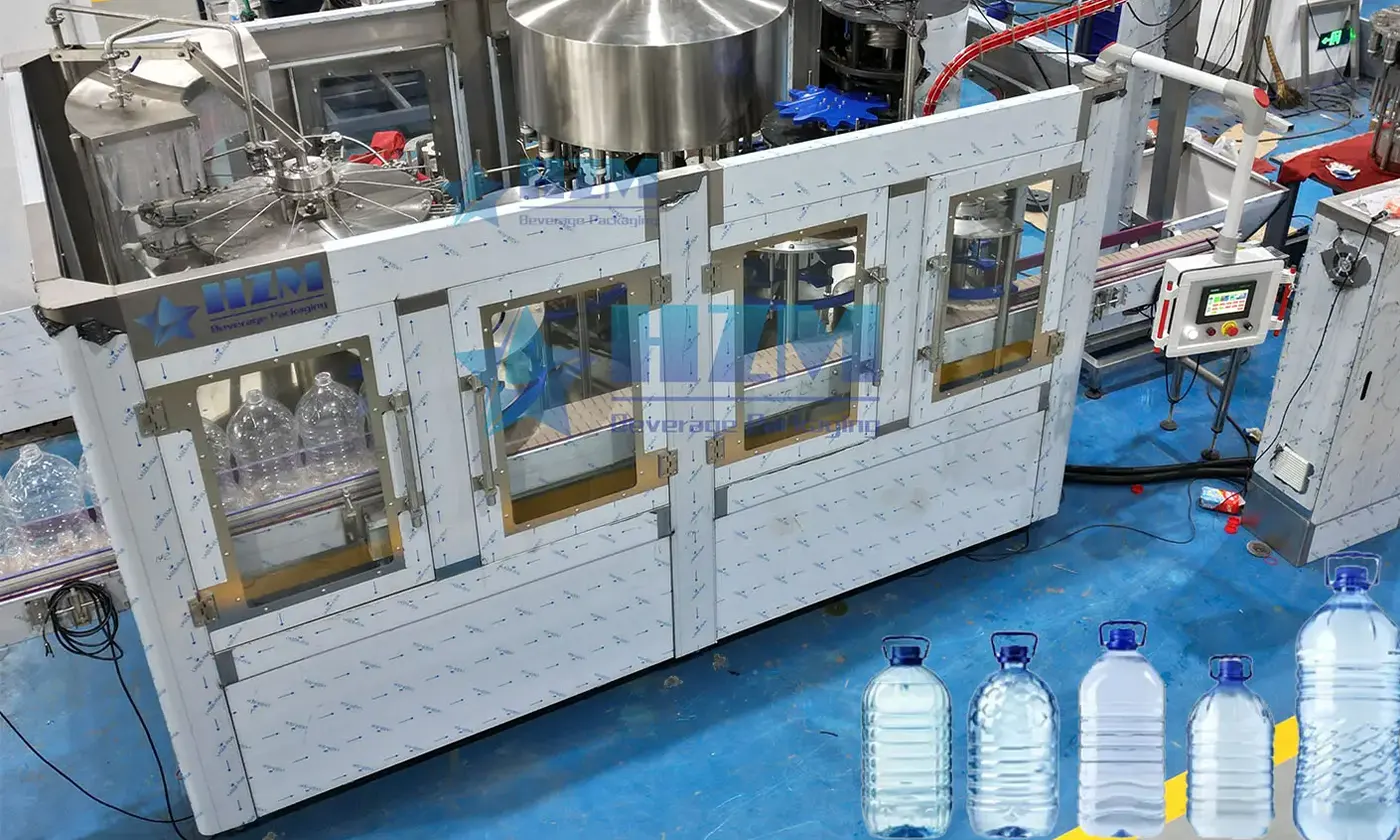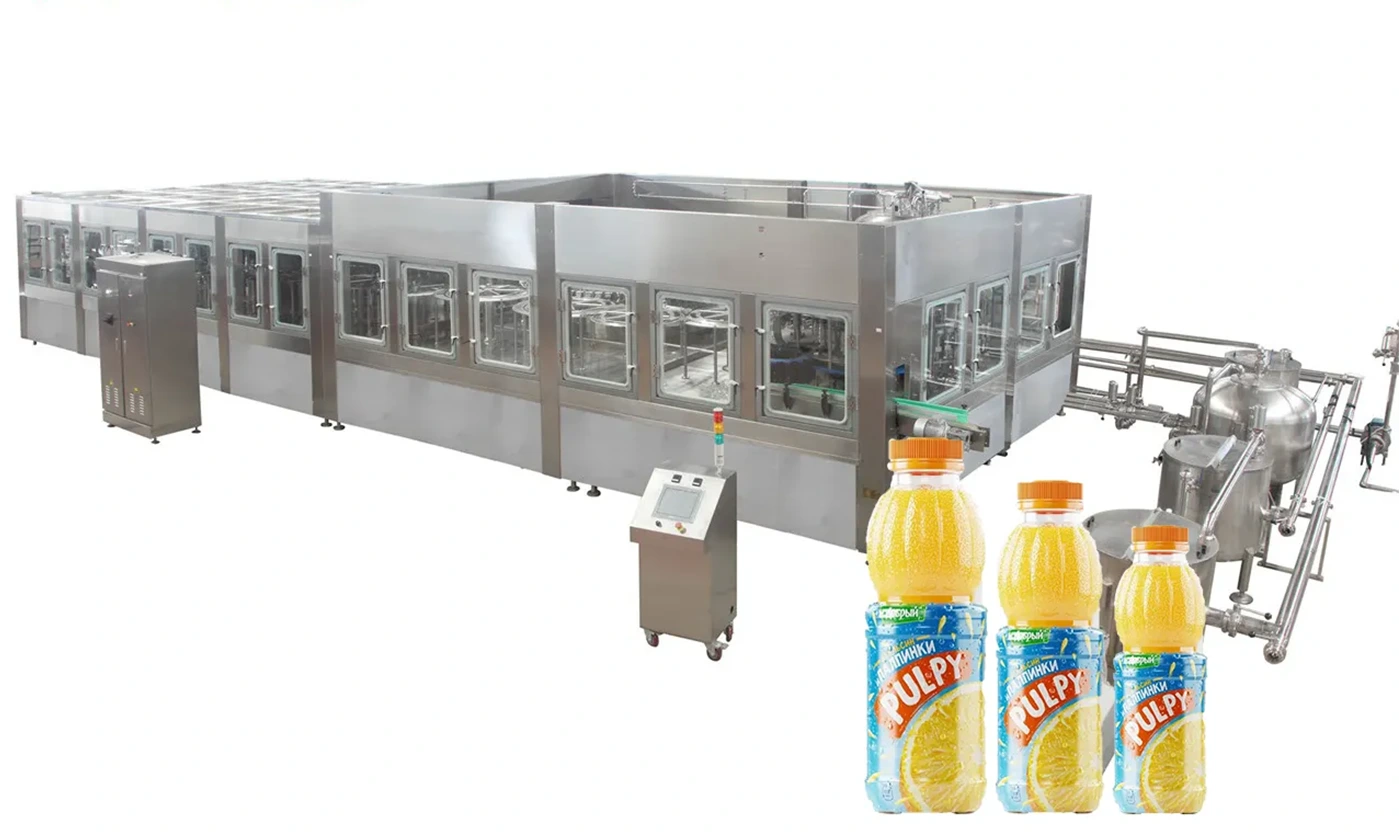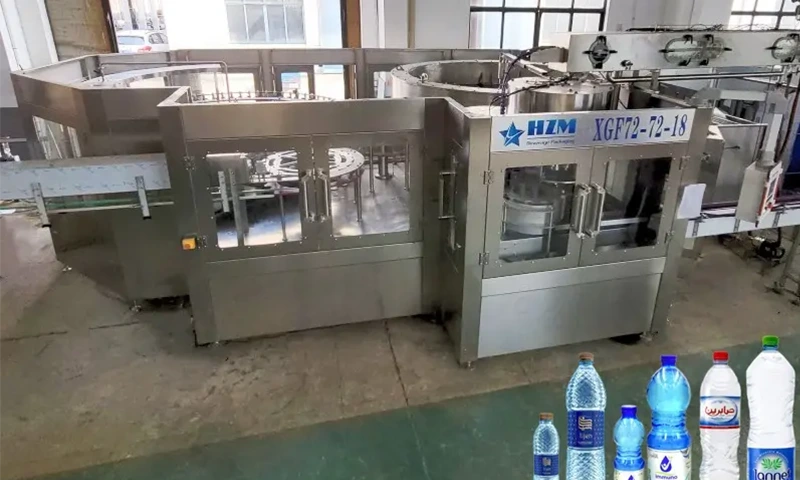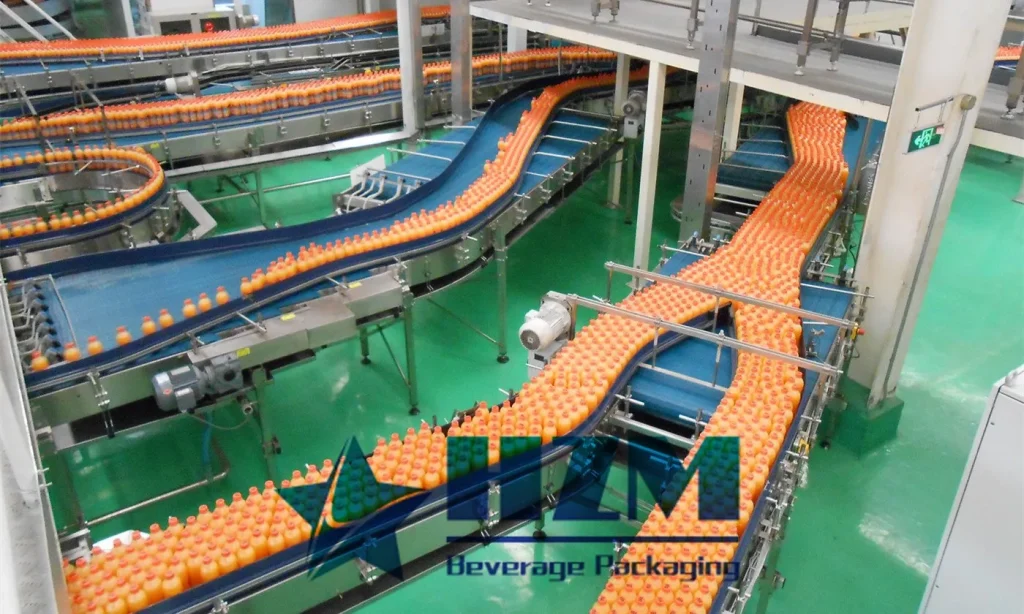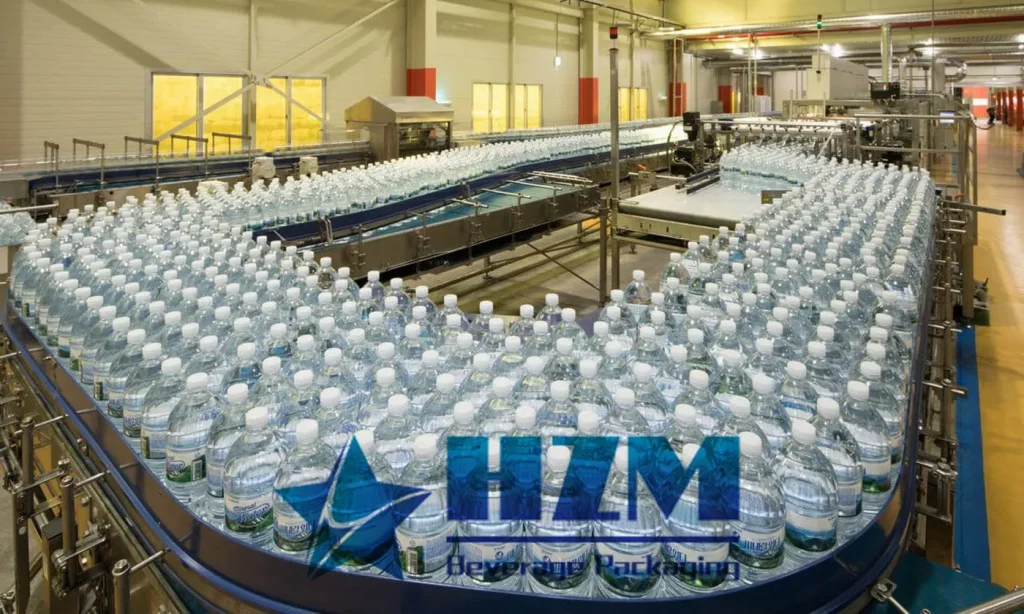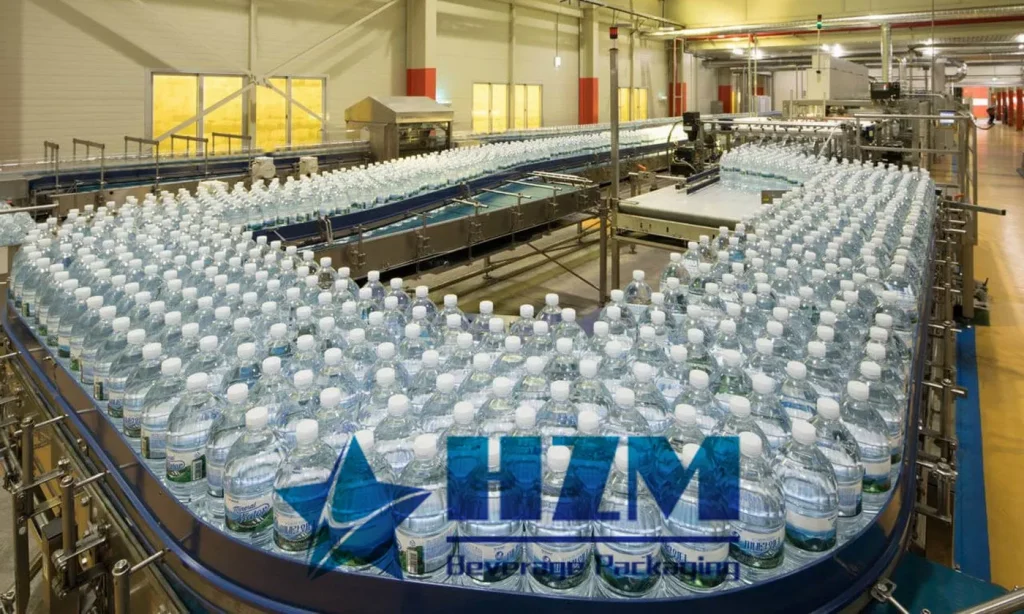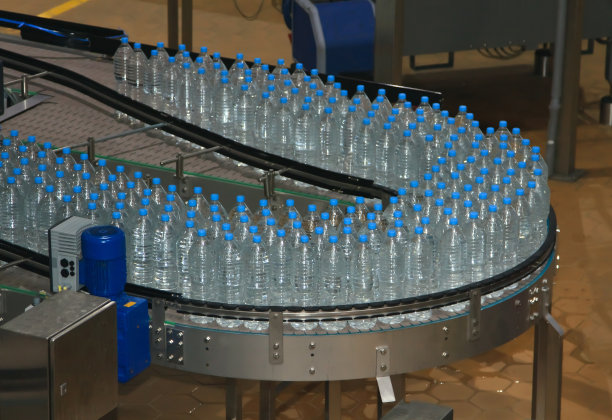bottle conveyor
A bottle conveyor is a specialized manufacturing equipment utilized in factories and bottling plants to facilitate the smooth transportation of bottles. While sharing similarities with standard conveyor belts, the design of a bottle conveyor is tailored specifically to hold bottles upright and prevent spills. These conveyors are typically integrated into assembly line systems that encompass filling, labeling, and packaging equipment to complete the bottling process. Various types of bottle conveyors can accommodate bottles of different sizes and shapes, with some being adjustable to accommodate a range of bottle designs. Their applications extend beyond beverage and soft drink production facilities to include the handling of non-potable liquids like chemicals and household cleaners.
Bottle conveying systems often employ standard belts or chains, similar to those found in typical conveyor setups. A motor drives a series of axles, which in turn move the belt or chain, enabling the transportation of materials. In the case of a bottle conveyor, the top section of the belt requires customization to securely hold the bottles in place and ensure alignment with filling and labeling equipment. This can be achieved through the use of adjustable side rails along the belt's edges or fixed compartments arranged on the surface of the belt.
A bottle conveyor plays a crucial role in efficiently transporting a large quantity of bottles throughout a manufacturing plant. It can either span the entire length of an assembly line or consist of multiple independent belts, depending on the specific system in place. In a large-scale bottling plant, for instance, workers load empty bottles onto the beginning of the conveyor belt. The belt then carries the bottles through a sanitation or vacuum area, where they undergo cleaning or vacuuming processes to create a negative pressure. Subsequently, the belt transports the bottles to an in-line or rotary filling machine. Continuing along the conveyor, the bottles reach another machine where they are capped, labeled, and prepared for shipment.
Ensuring the stability of the bottles and preventing machinery jams are critical aspects of bottle conveyor operation. Some conveyors are equipped with manual sensors that automatically halt the belt and related equipment in the event of a bottle tipping over. Others feature an ejection system that removes misshapen or fallen bottles through openings located alongside the conveyor. In smaller bottling plants, employees may be responsible for monitoring the conveyor to prevent jams, especially in areas prone to such issues.
Bottle conveyors find applications in various manufacturing facilities, including those involved in soft drink and spring water bottling. Breweries and wineries rely on bottle conveyors for the packaging of their beverages as well. Additionally, companies engaged in the production of chemicals, cleaning supplies, and other liquid goods may employ bottle conveyors to efficiently transport their products throughout the manufacturing process.
TAG: Bottle Conveyor
-
![Automatic PET Bottle Blowing Filling Capping Machine – Best price beverage machinery]() Automatic PET Bottle Blowing Filling Capping Machine – Best price beverage machinery
Automatic PET Bottle Blowing Filling Capping Machine – Best price beverage machinery -
![Drinking water production line – Bottled Water Filling Machine Manufacturer]() Drinking water production line – Bottled Water Filling Machine Manufacturer
Drinking water production line – Bottled Water Filling Machine Manufacturer -
![Beverage Filling Line – Juice, Water, Soft Drinks, cola, Beer]() Beverage Filling Line – Juice, Water, Soft Drinks, cola, Beer
Beverage Filling Line – Juice, Water, Soft Drinks, cola, Beer -
![Automatic Pure Water Bottling Filling Machine]() Automatic Pure Water Bottling Filling Machine
Automatic Pure Water Bottling Filling Machine -
![Fully Automatic Beverage Filling Machine]() Fully Automatic Beverage Filling Machine
Fully Automatic Beverage Filling Machine -
![3-In-1 Water Bottle Filling Machine]() 3-In-1 Water Bottle Filling Machine
3-In-1 Water Bottle Filling Machine -
![Conveyor Belt System For PET Bottle And GLASS Bottle]() Conveyor Belt System For PET Bottle And GLASS Bottle
Conveyor Belt System For PET Bottle And GLASS Bottle -
![Bottle Water & Beverage Conveyor System]() Bottle Water & Beverage Conveyor System
Bottle Water & Beverage Conveyor System -
![Bottle Conveyor]() Bottle Conveyor
Bottle Conveyor
-
![Automatic PET Bottle Blowing Filling Capping Machine – Best price beverage machinery]() Automatic PET Bottle Blowing Filling Capping Machine – Best price beverage machineryOct , 24 /2025
Automatic PET Bottle Blowing Filling Capping Machine – Best price beverage machineryOct , 24 /2025 -
![Drinking water production line – Bottled Water Filling Machine Manufacturer]() Drinking water production line – Bottled Water Filling Machine ManufacturerSep , 11 /2025
Drinking water production line – Bottled Water Filling Machine ManufacturerSep , 11 /2025 -
![Beverage Filling Line – Juice, Water, Soft Drinks, cola, Beer]() Beverage Filling Line – Juice, Water, Soft Drinks, cola, BeerJul , 21 /2025
Beverage Filling Line – Juice, Water, Soft Drinks, cola, BeerJul , 21 /2025 -
![Automatic Pure Water Bottling Filling Machine]() Automatic Pure Water Bottling Filling MachineDec , 21 /2023
Automatic Pure Water Bottling Filling MachineDec , 21 /2023 -
![Fully Automatic Beverage Filling Machine]() Fully Automatic Beverage Filling MachineOct , 11 /2023
Fully Automatic Beverage Filling MachineOct , 11 /2023 -
![3-In-1 Water Bottle Filling Machine]() 3-In-1 Water Bottle Filling MachineOct , 10 /2023
3-In-1 Water Bottle Filling MachineOct , 10 /2023 -
![The Diverse Applications of Bottle Conveyors in Various Industries]() The Diverse Applications of Bottle Conveyors in Various IndustriesJun , 25 /2023
The Diverse Applications of Bottle Conveyors in Various IndustriesJun , 25 /2023 -
![HZM Machinery: A Trusted Bottle Conveyor Manufacturer Offering Factory Direct Prices]() HZM Machinery: A Trusted Bottle Conveyor Manufacturer Offering Factory Direct PricesJun , 25 /2023
HZM Machinery: A Trusted Bottle Conveyor Manufacturer Offering Factory Direct PricesJun , 25 /2023 -
![Your Reliable Conveyor Machine Manufacturer]() Your Reliable Conveyor Machine ManufacturerJul , 06 /2023
Your Reliable Conveyor Machine ManufacturerJul , 06 /2023 -
![Troubleshooting Guide for Bottle Conveyor Machine: Keeping Production on Track]() Troubleshooting Guide for Bottle Conveyor Machine: Keeping Production on TrackJul , 10 /2023
Troubleshooting Guide for Bottle Conveyor Machine: Keeping Production on TrackJul , 10 /2023


